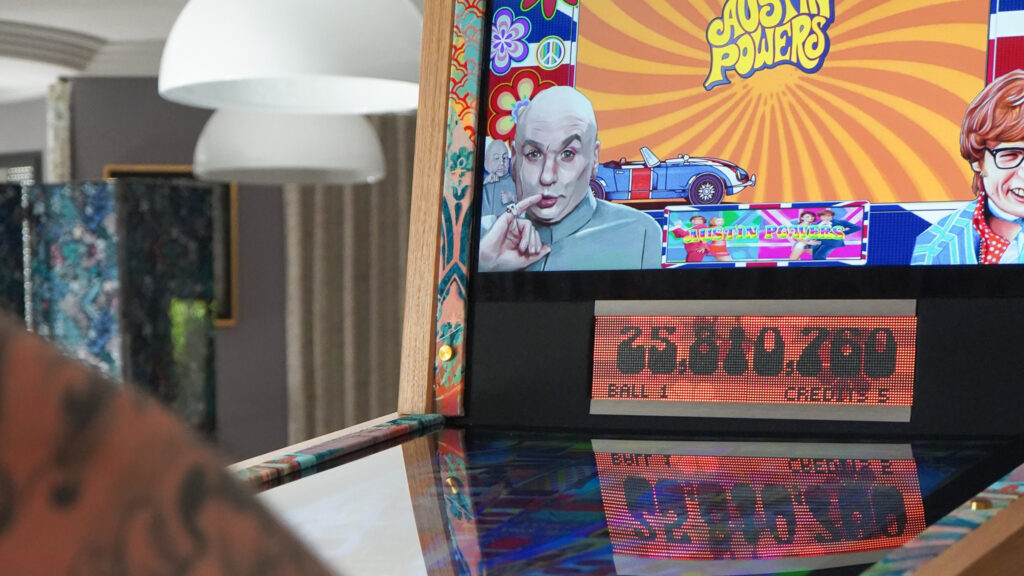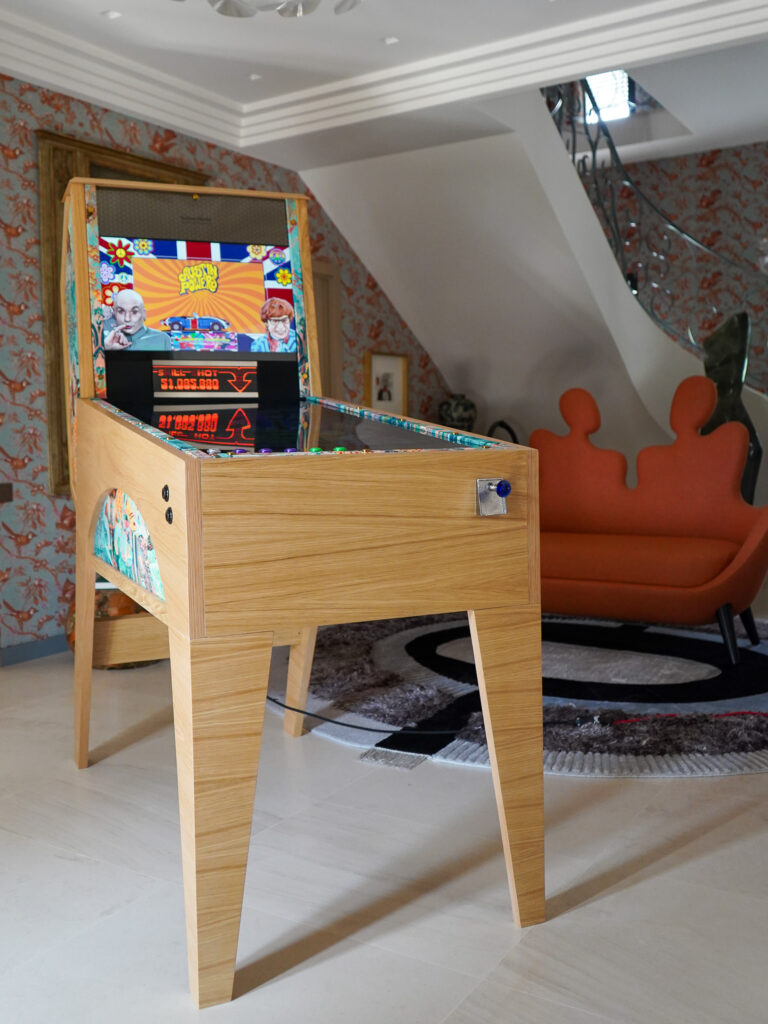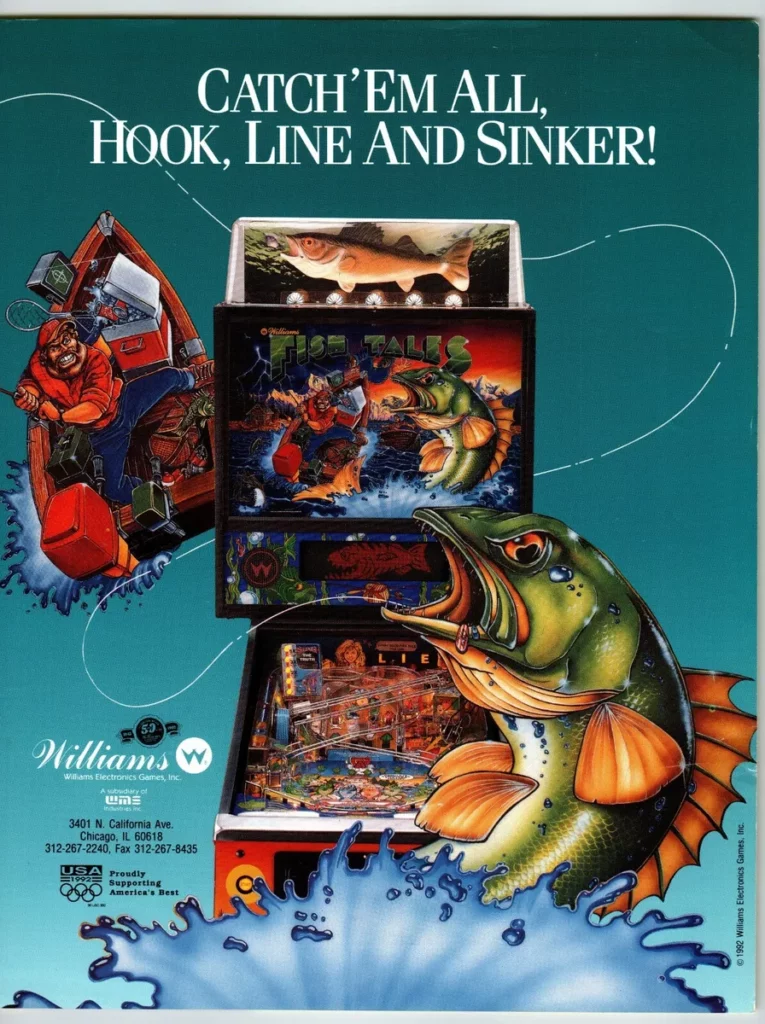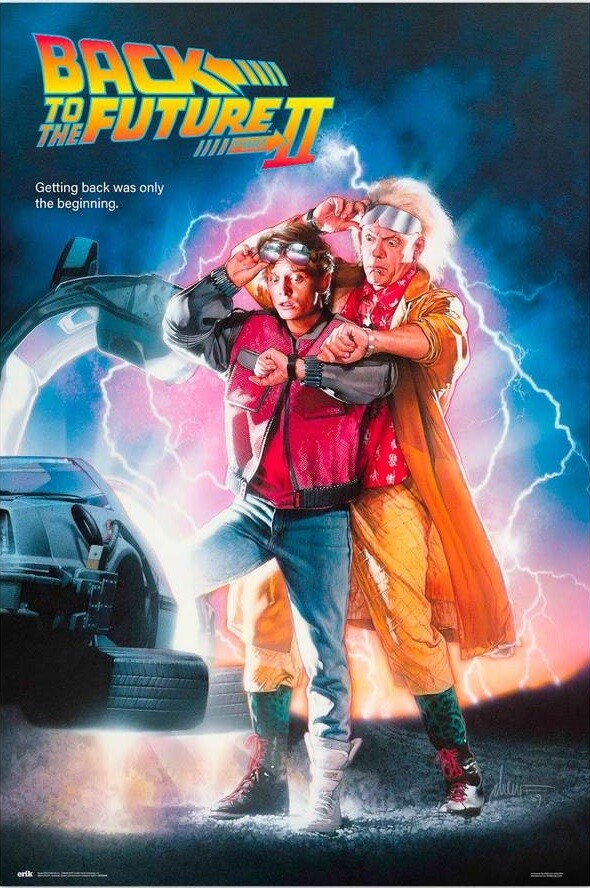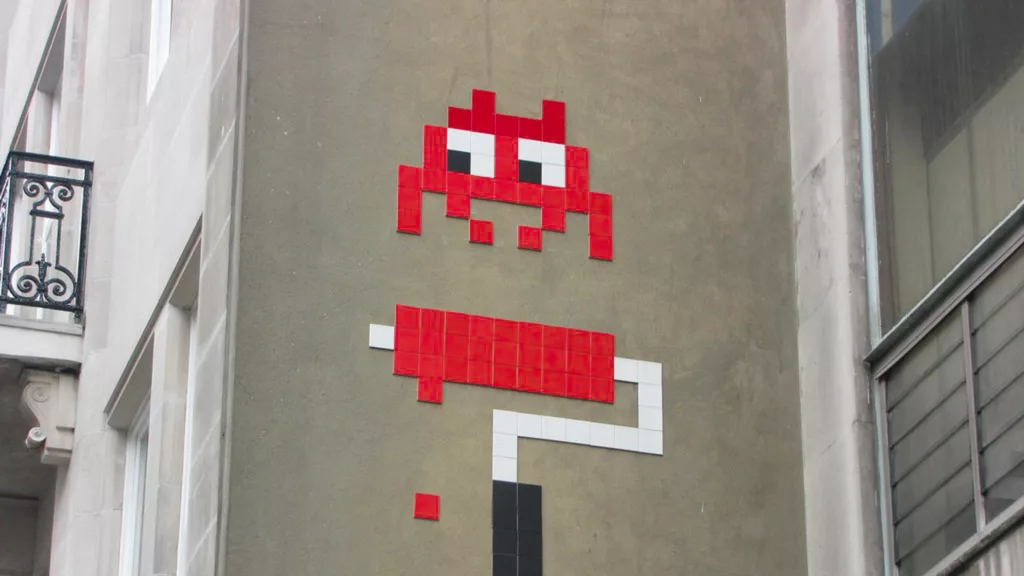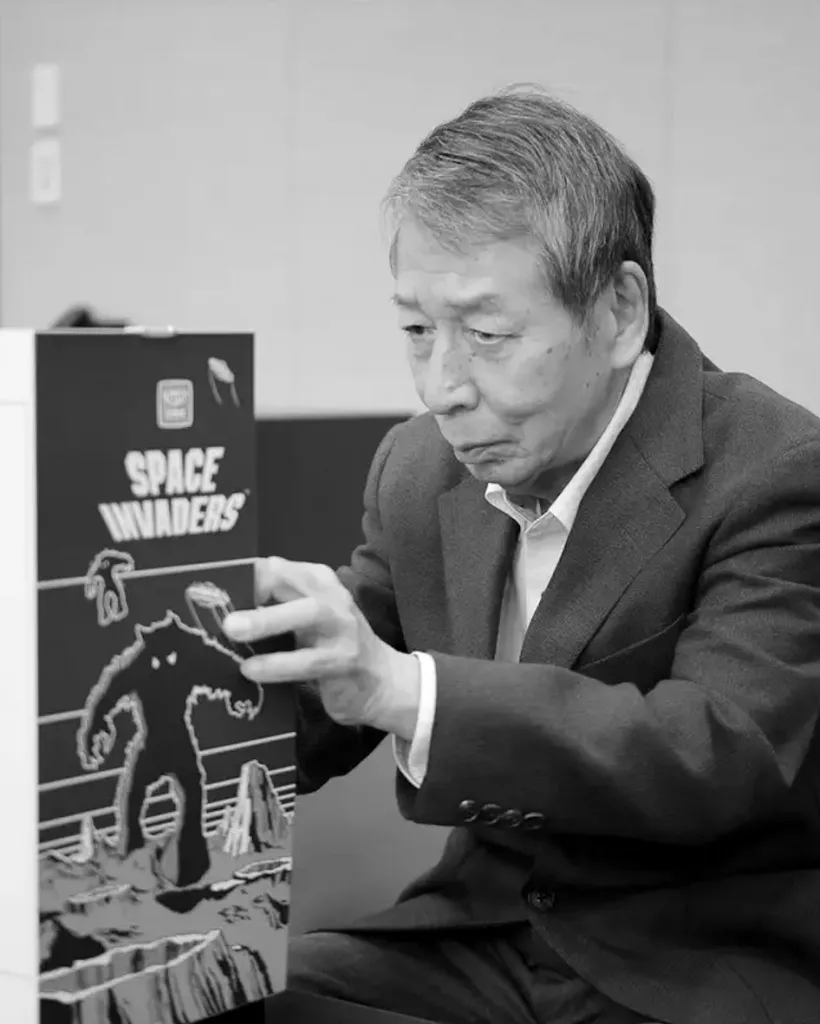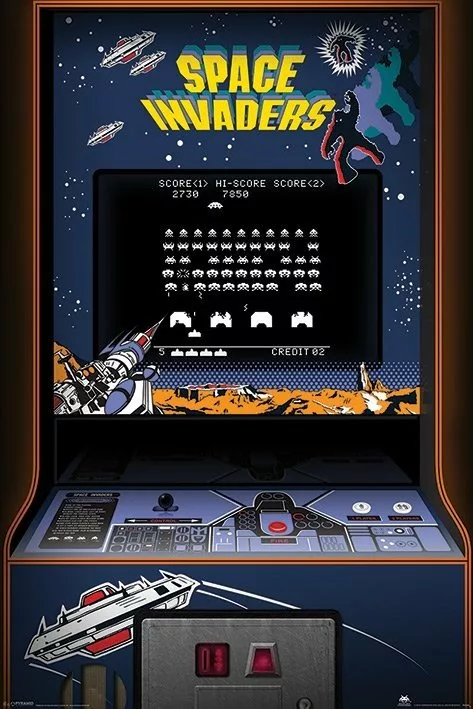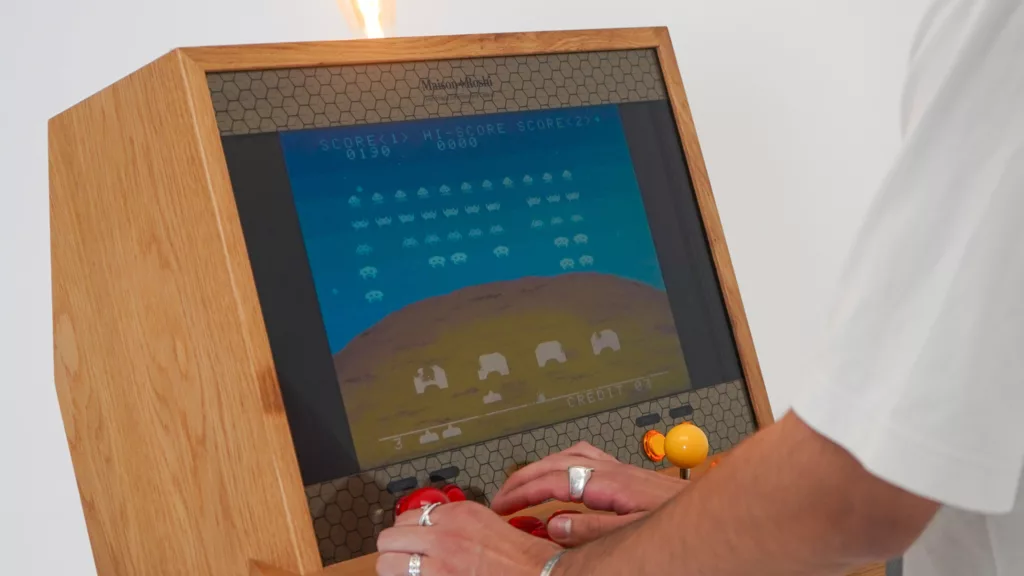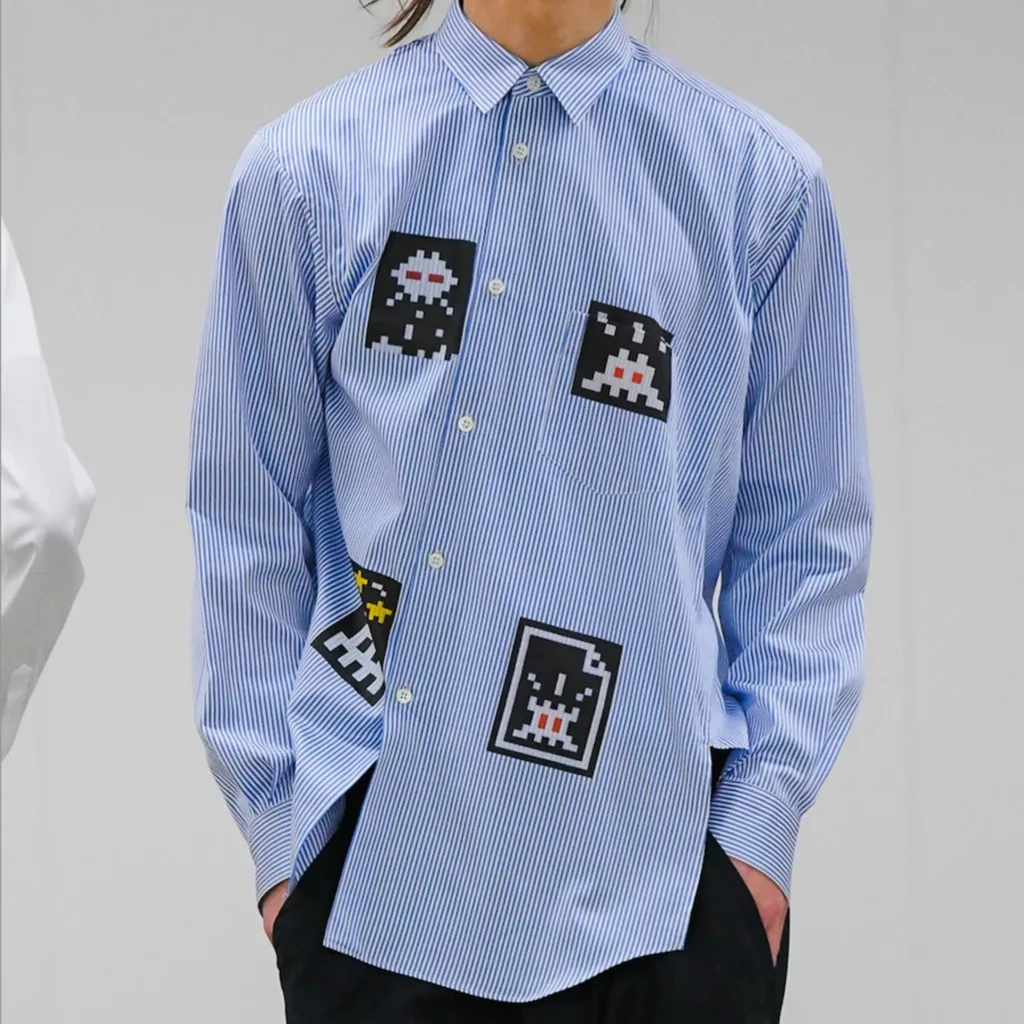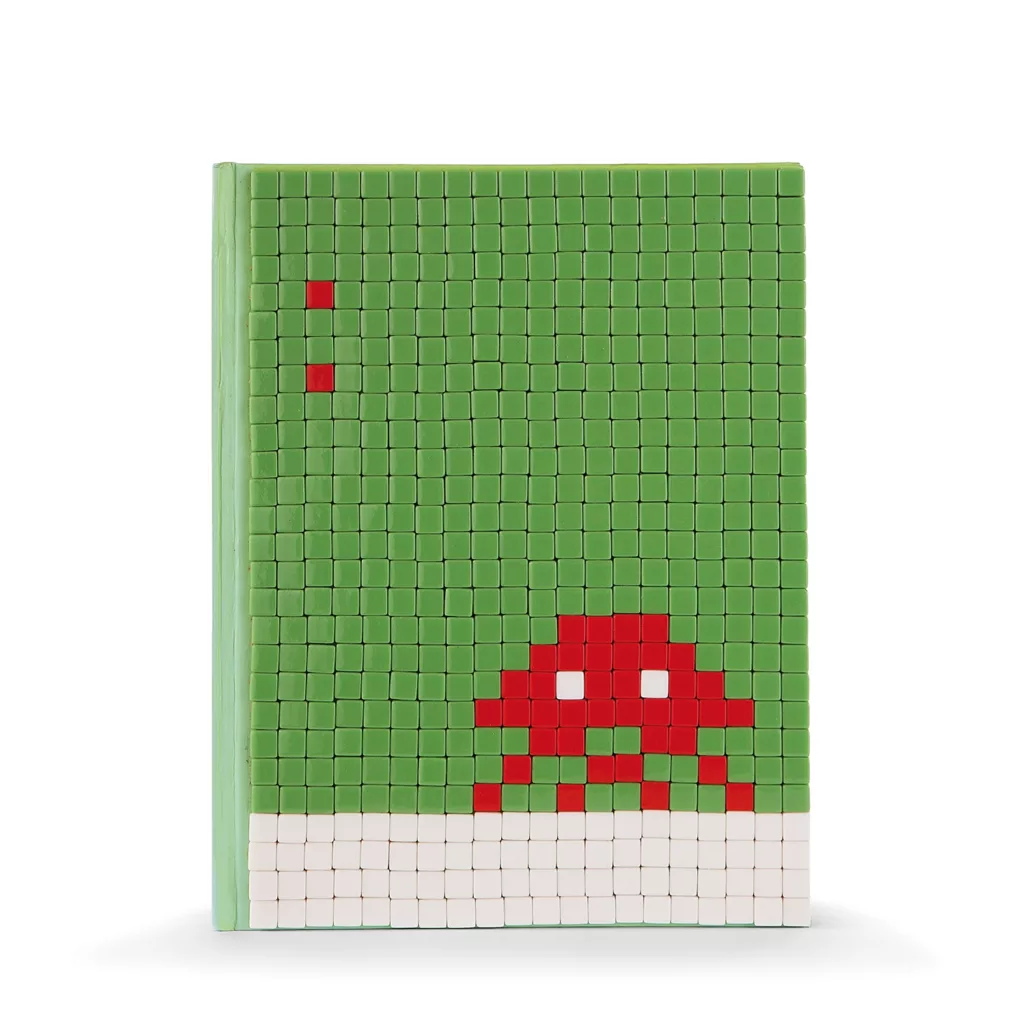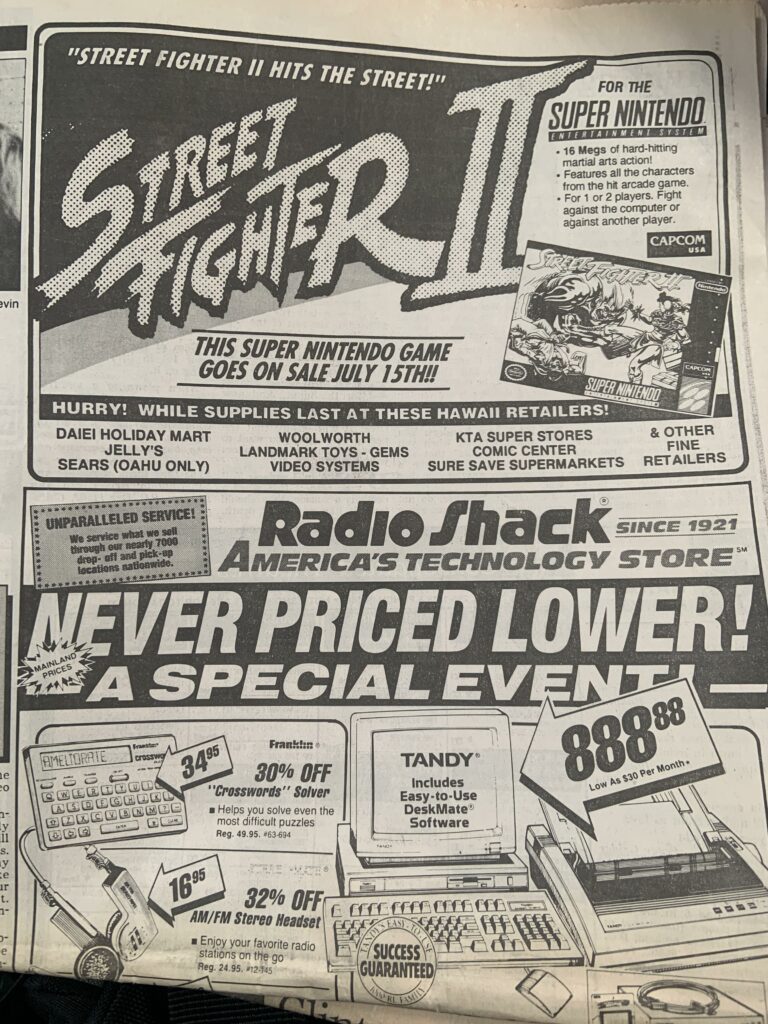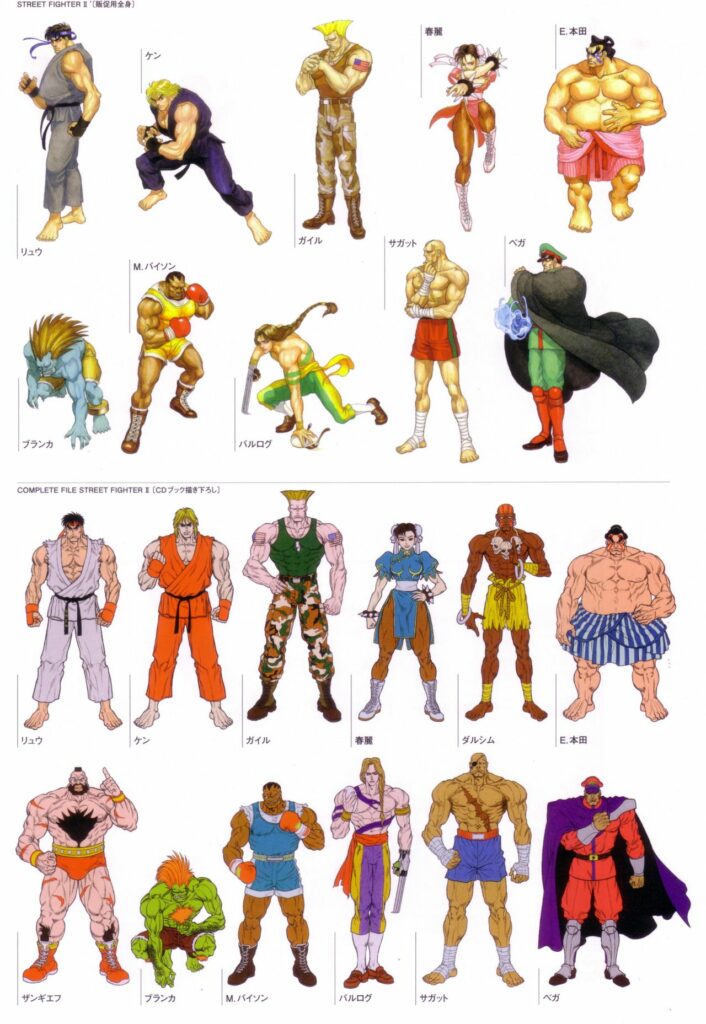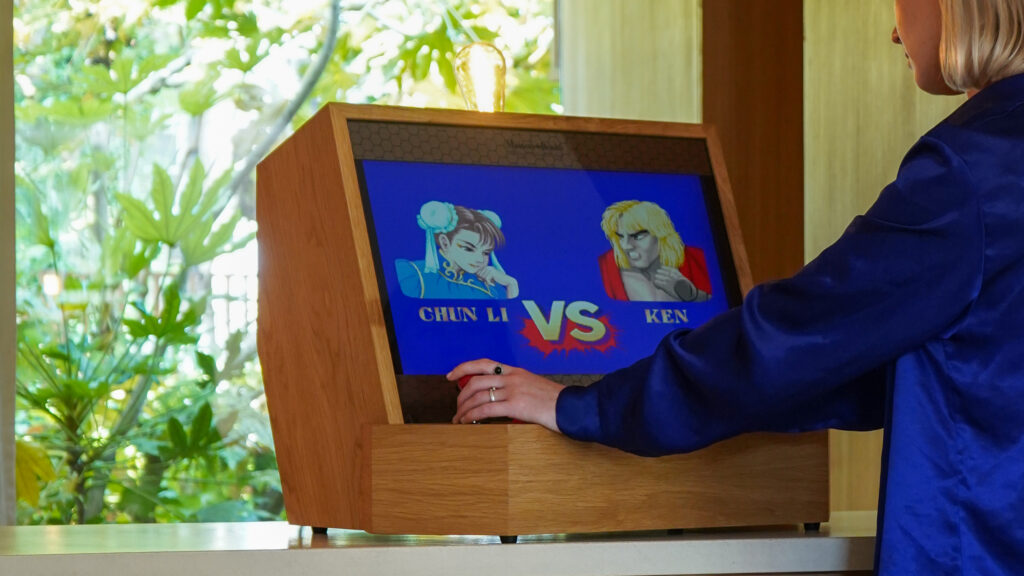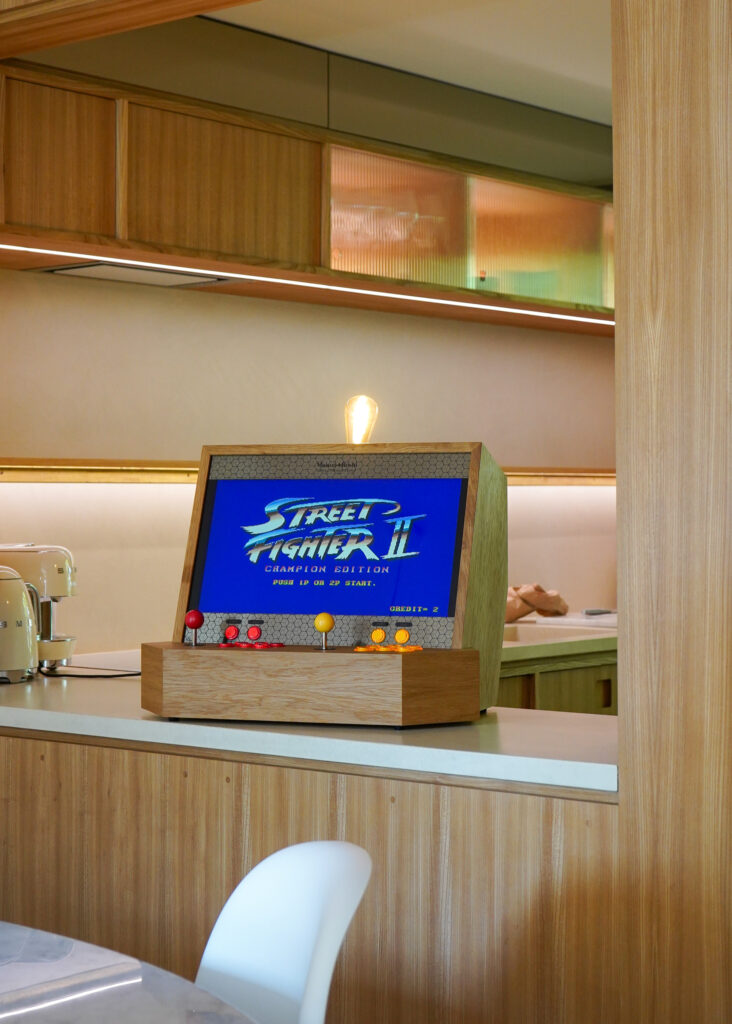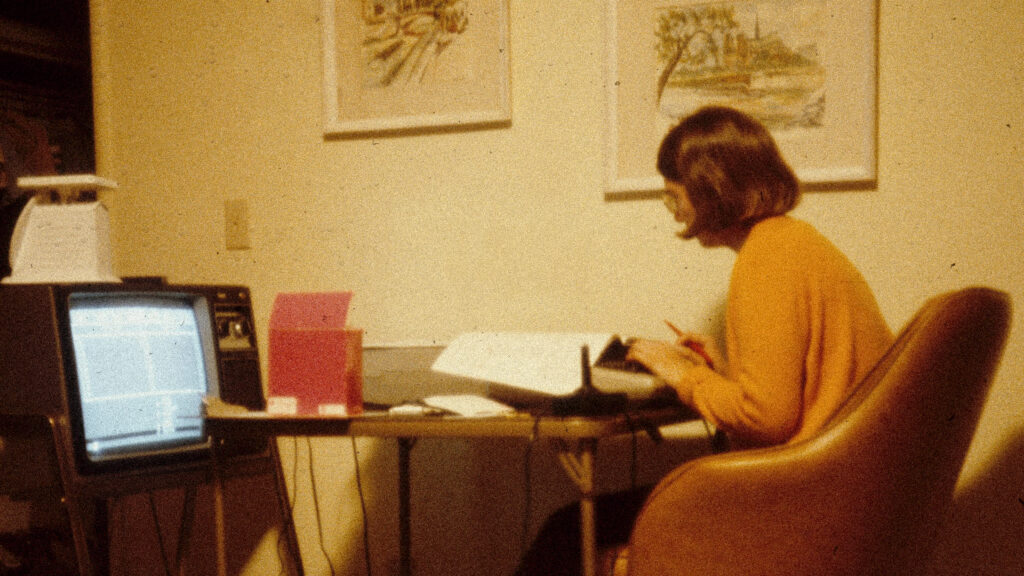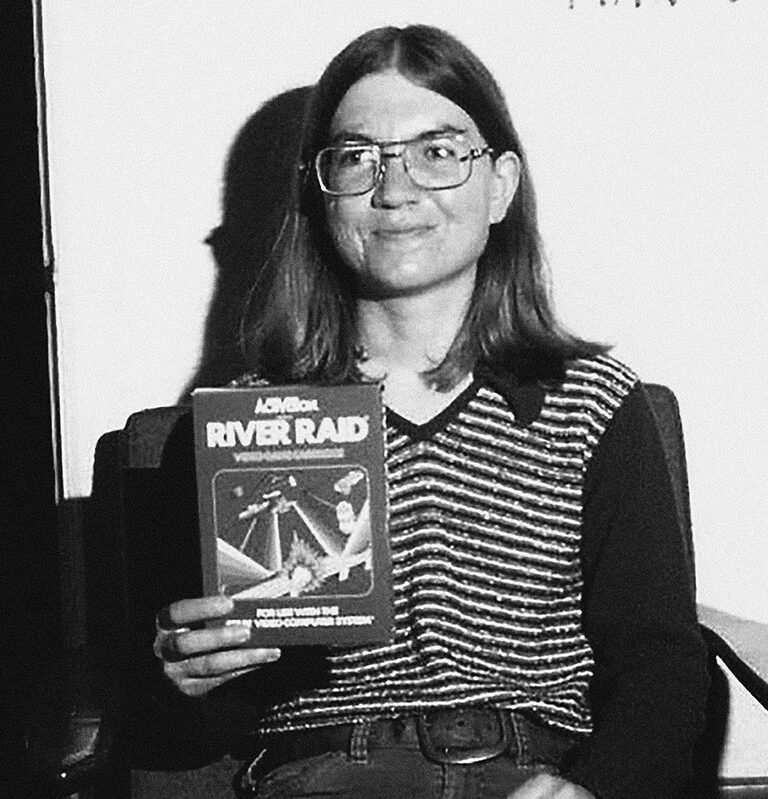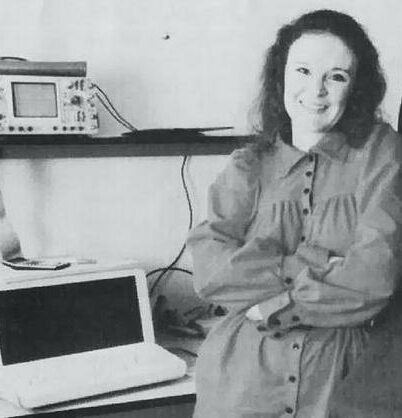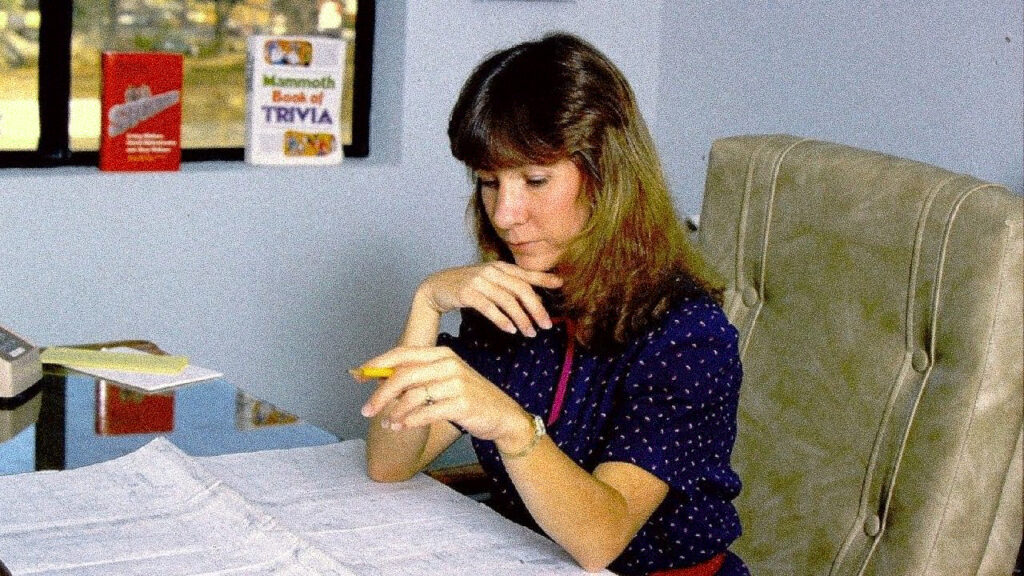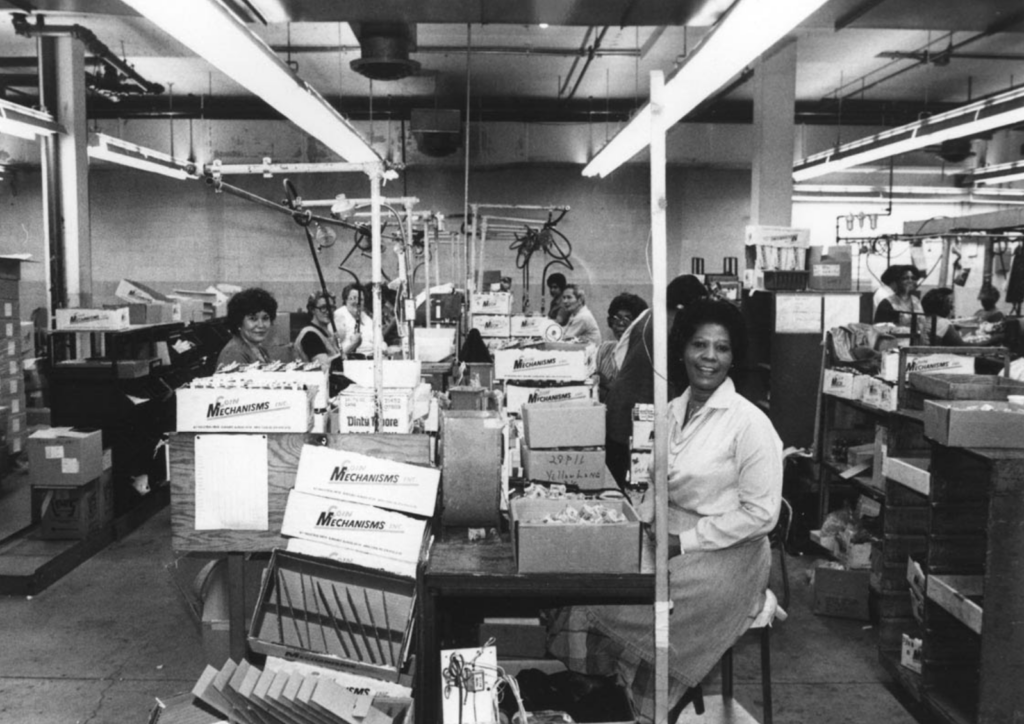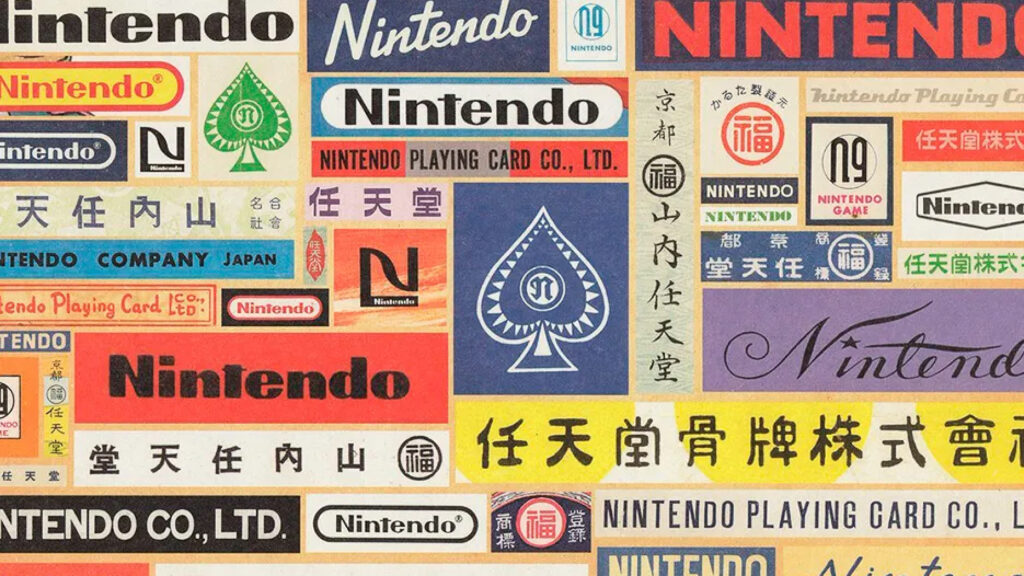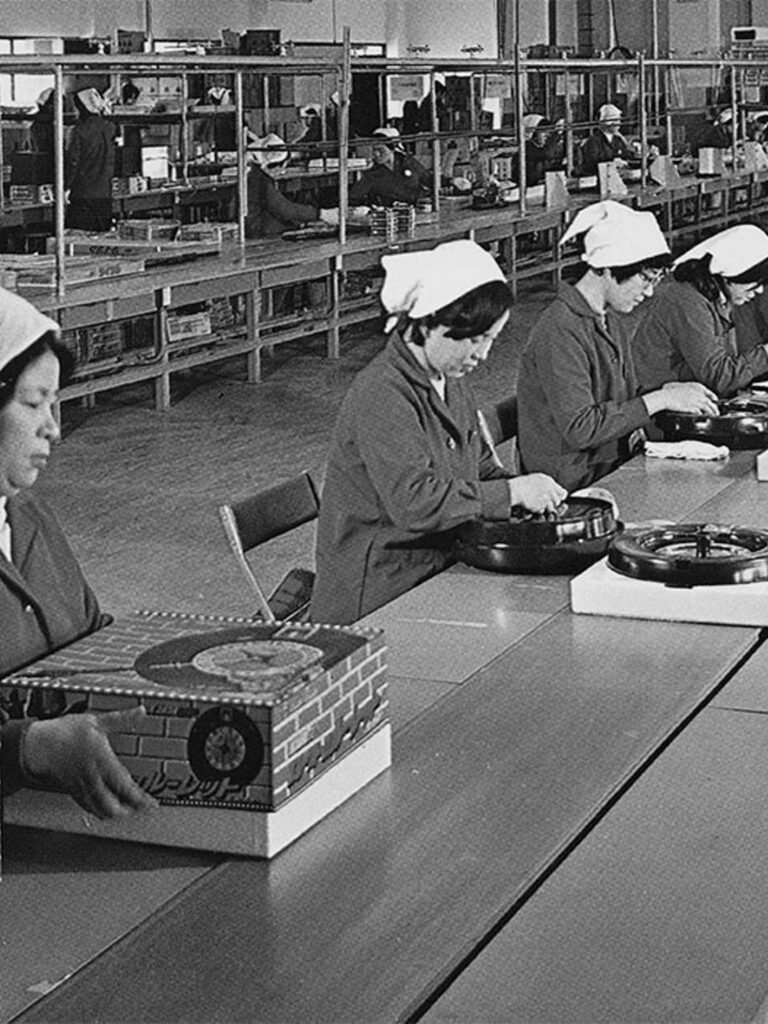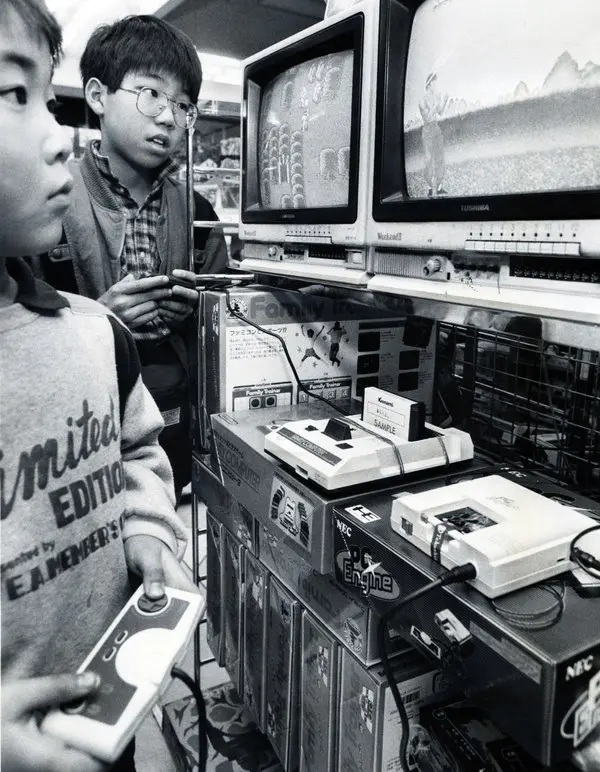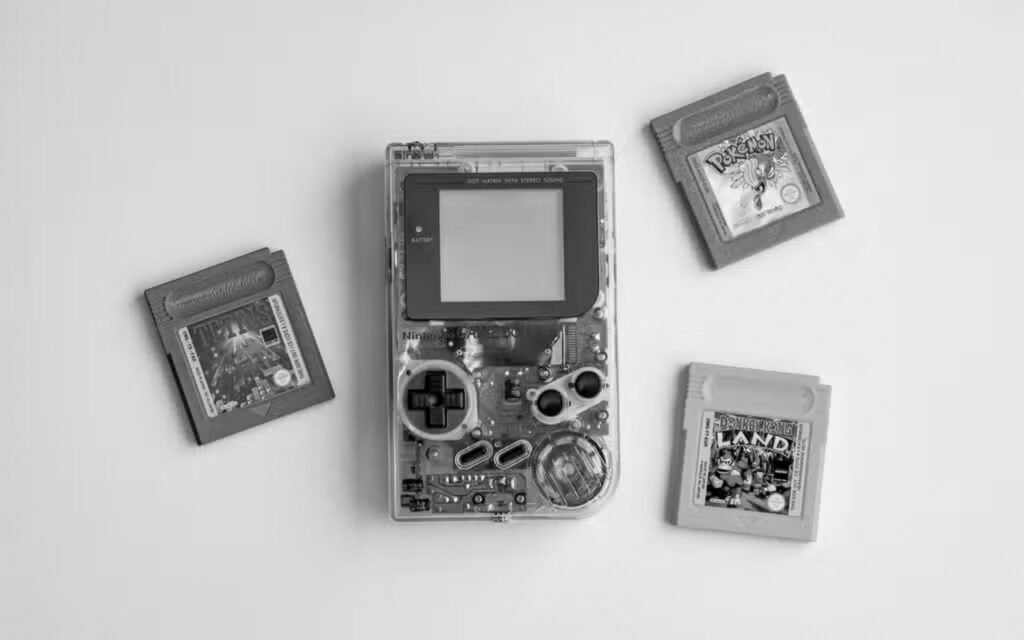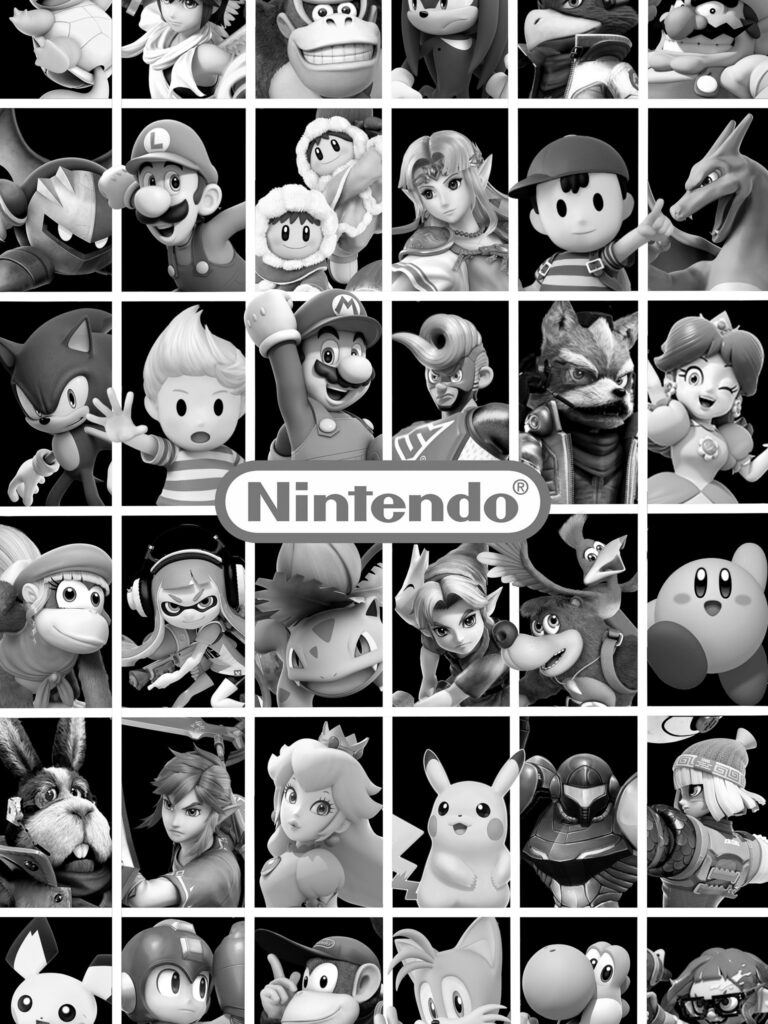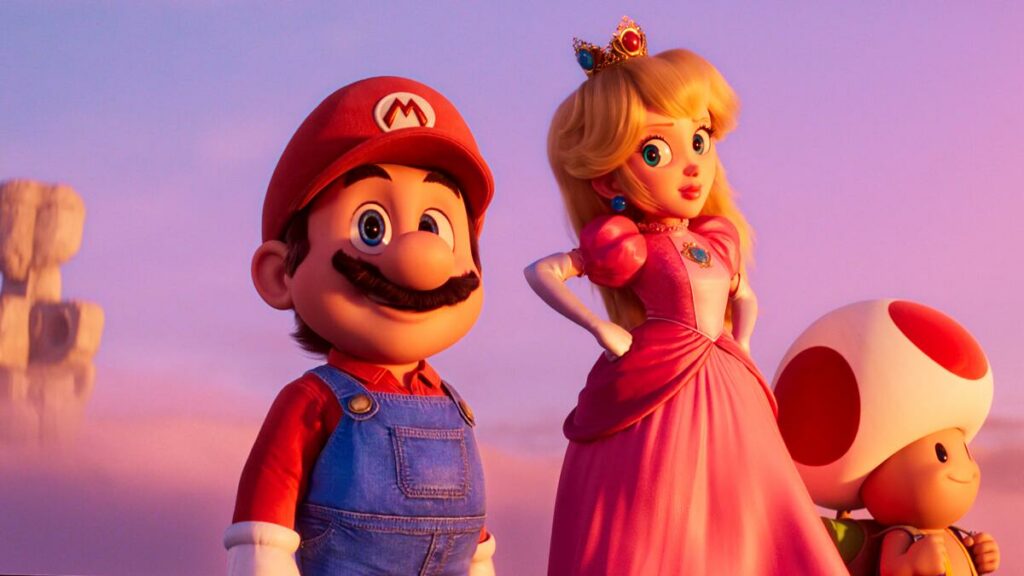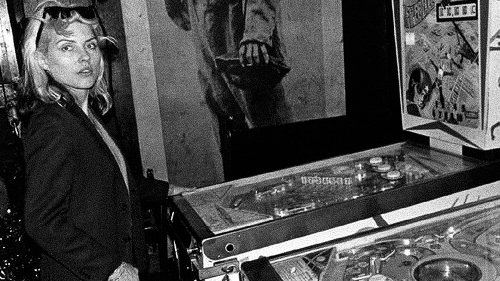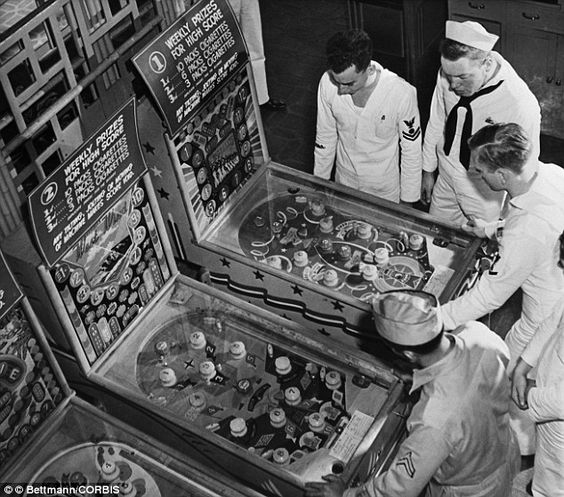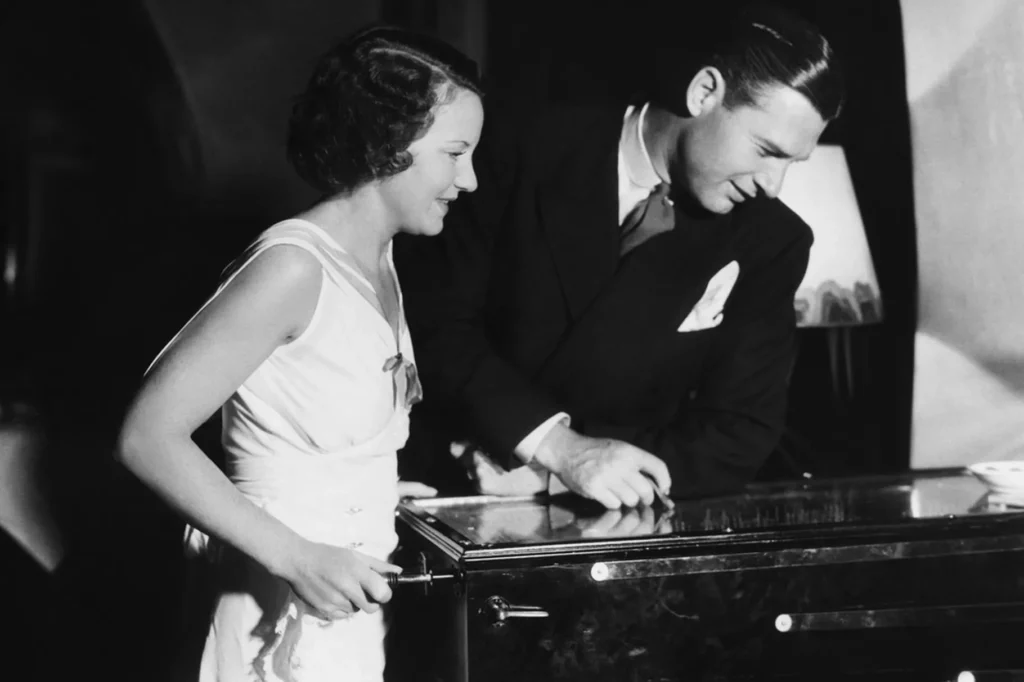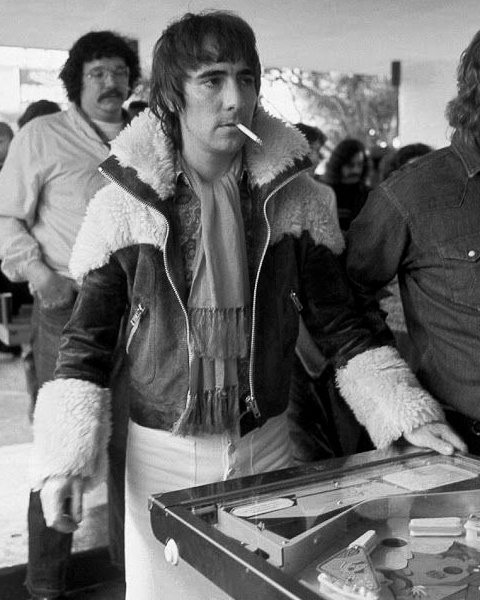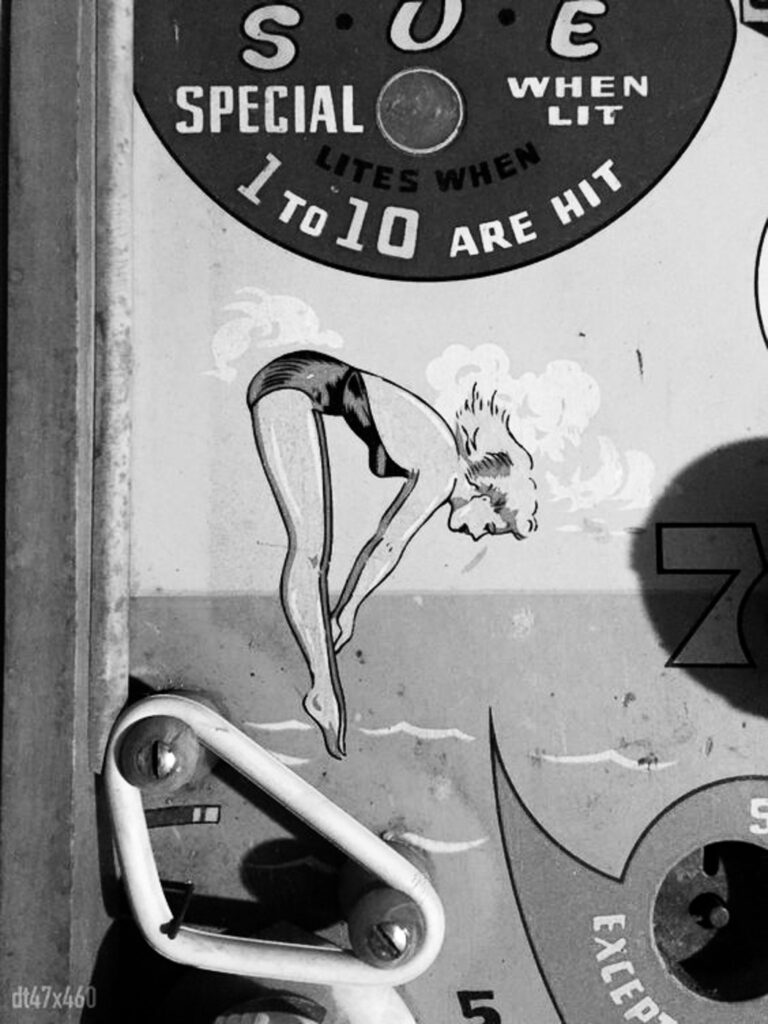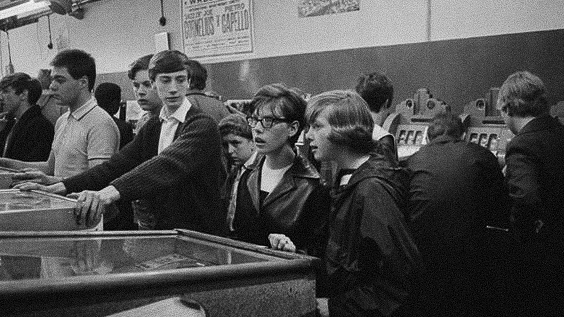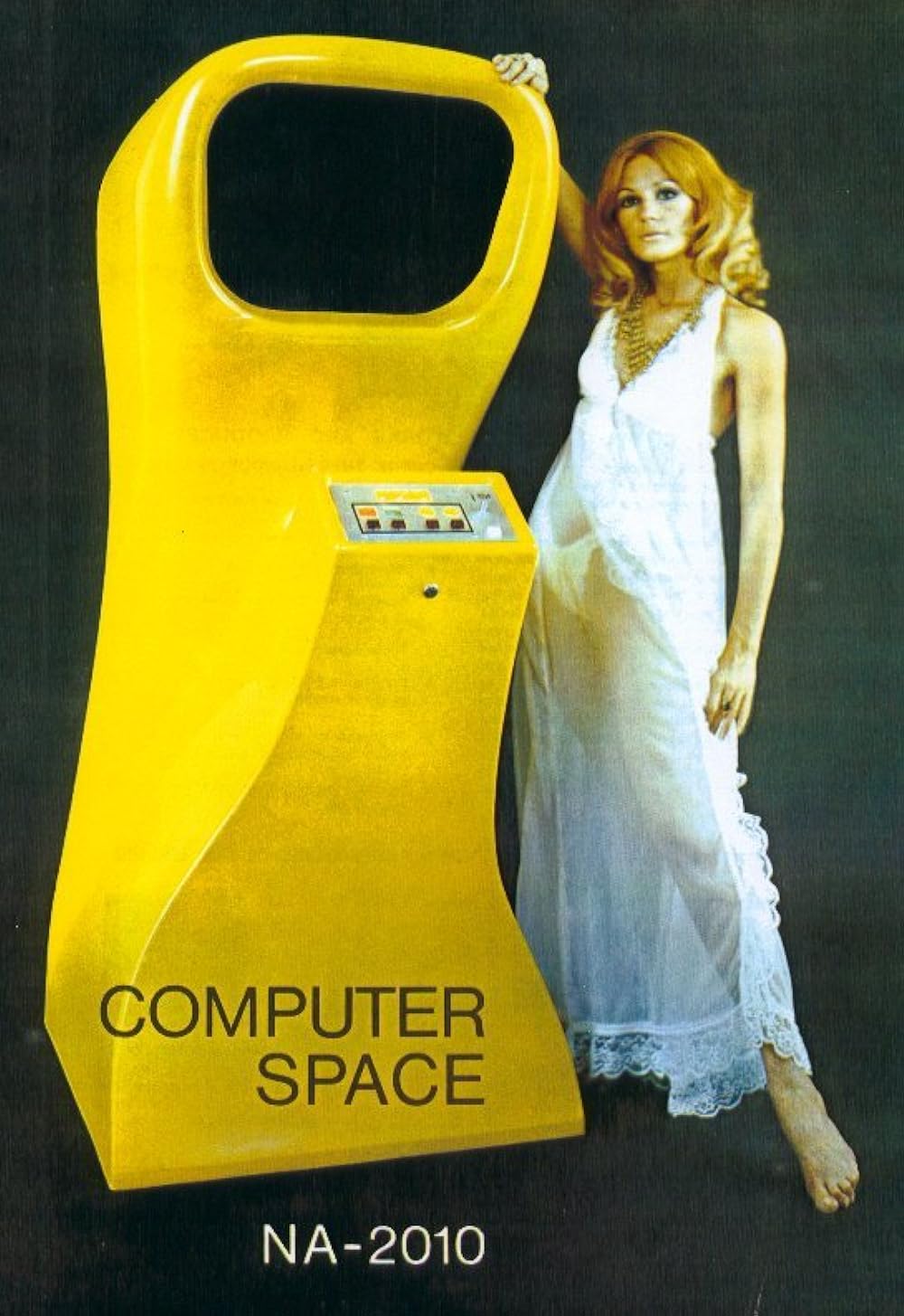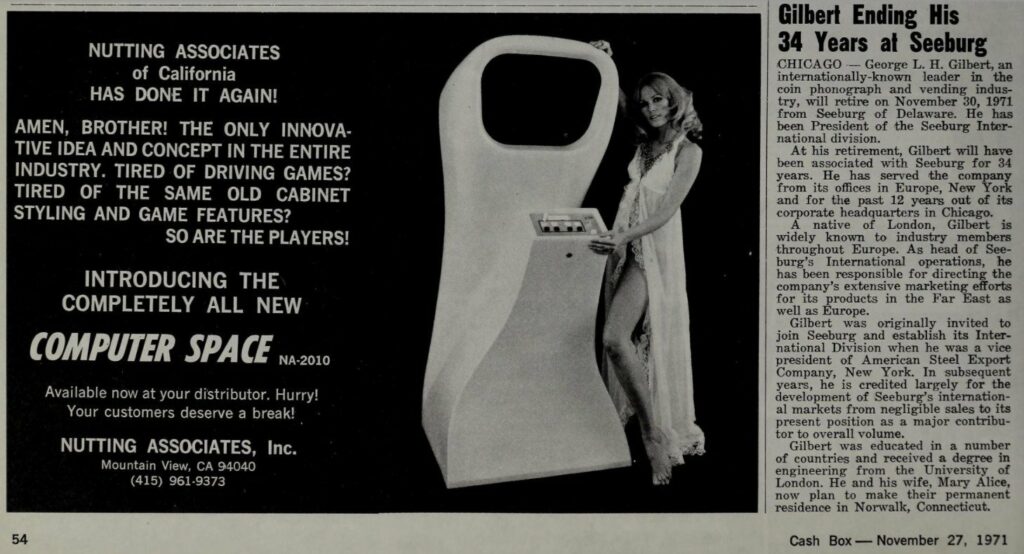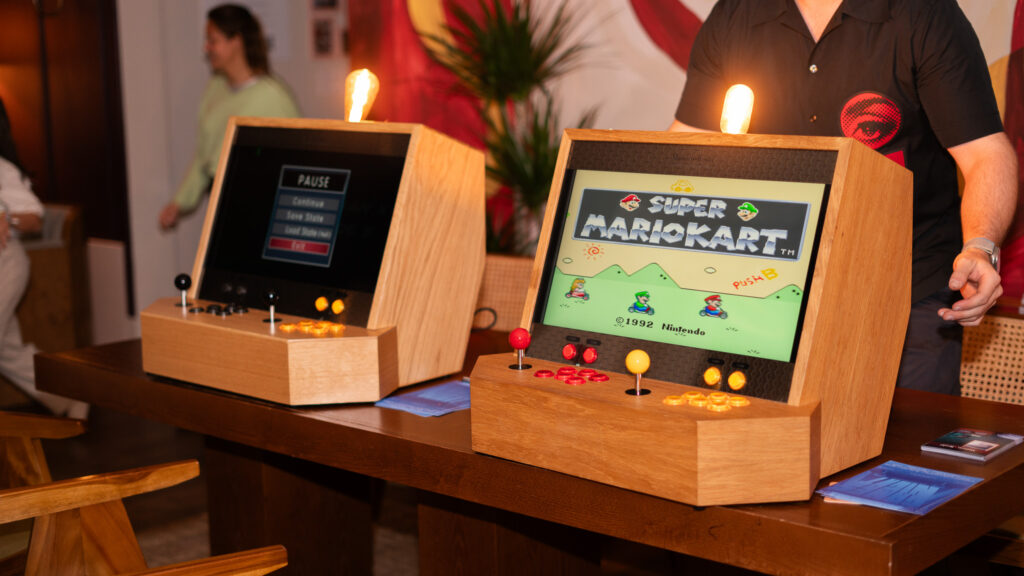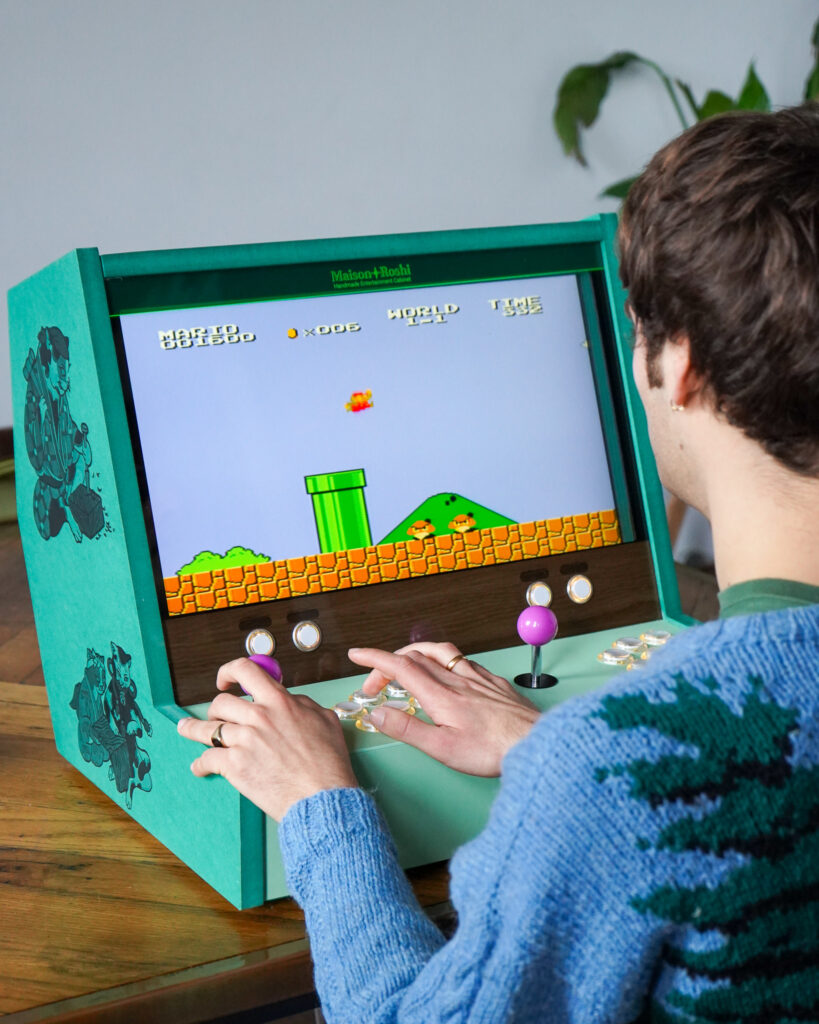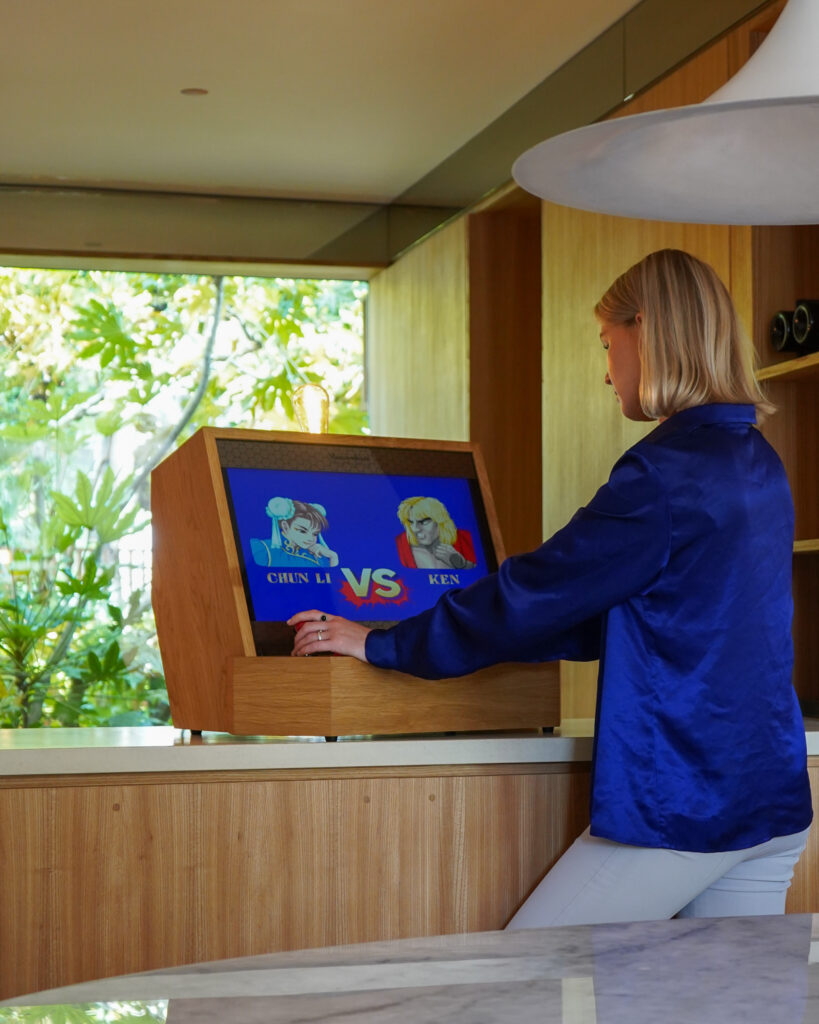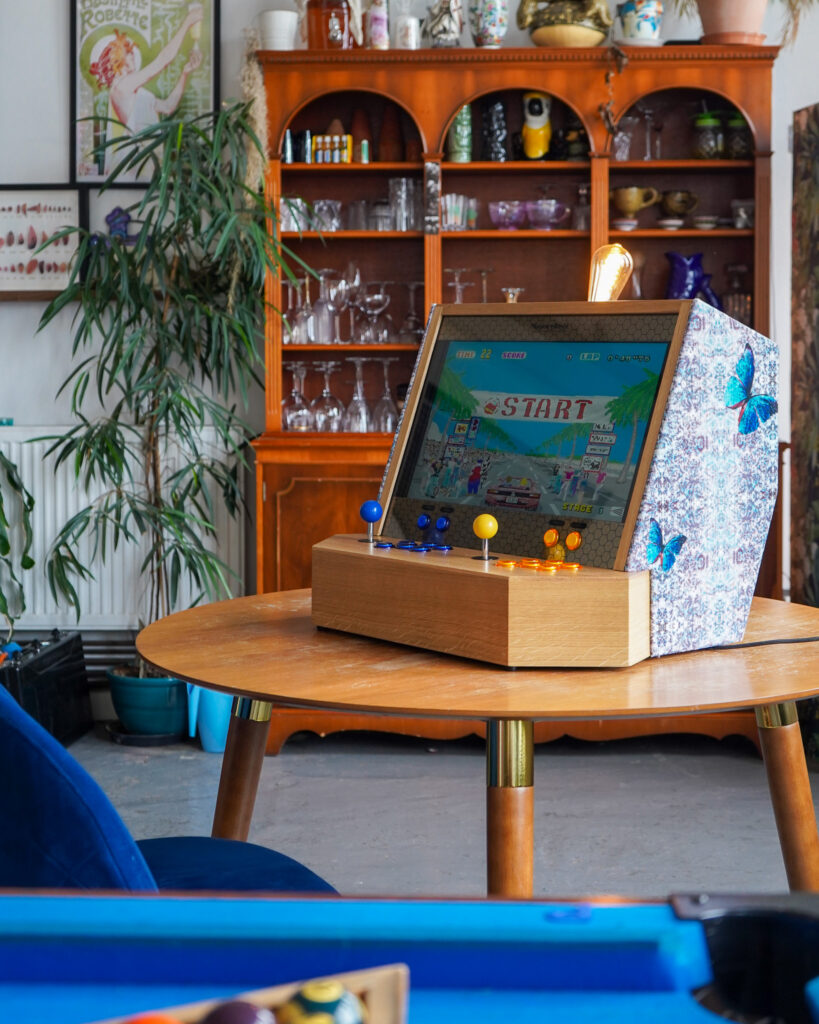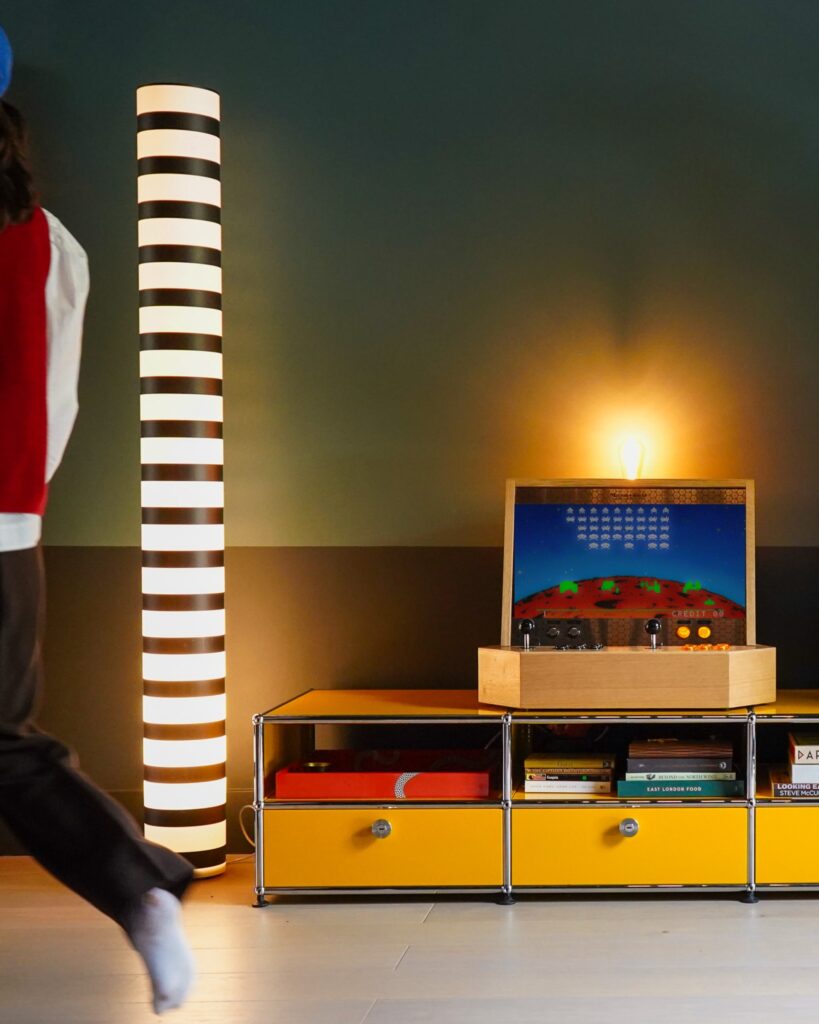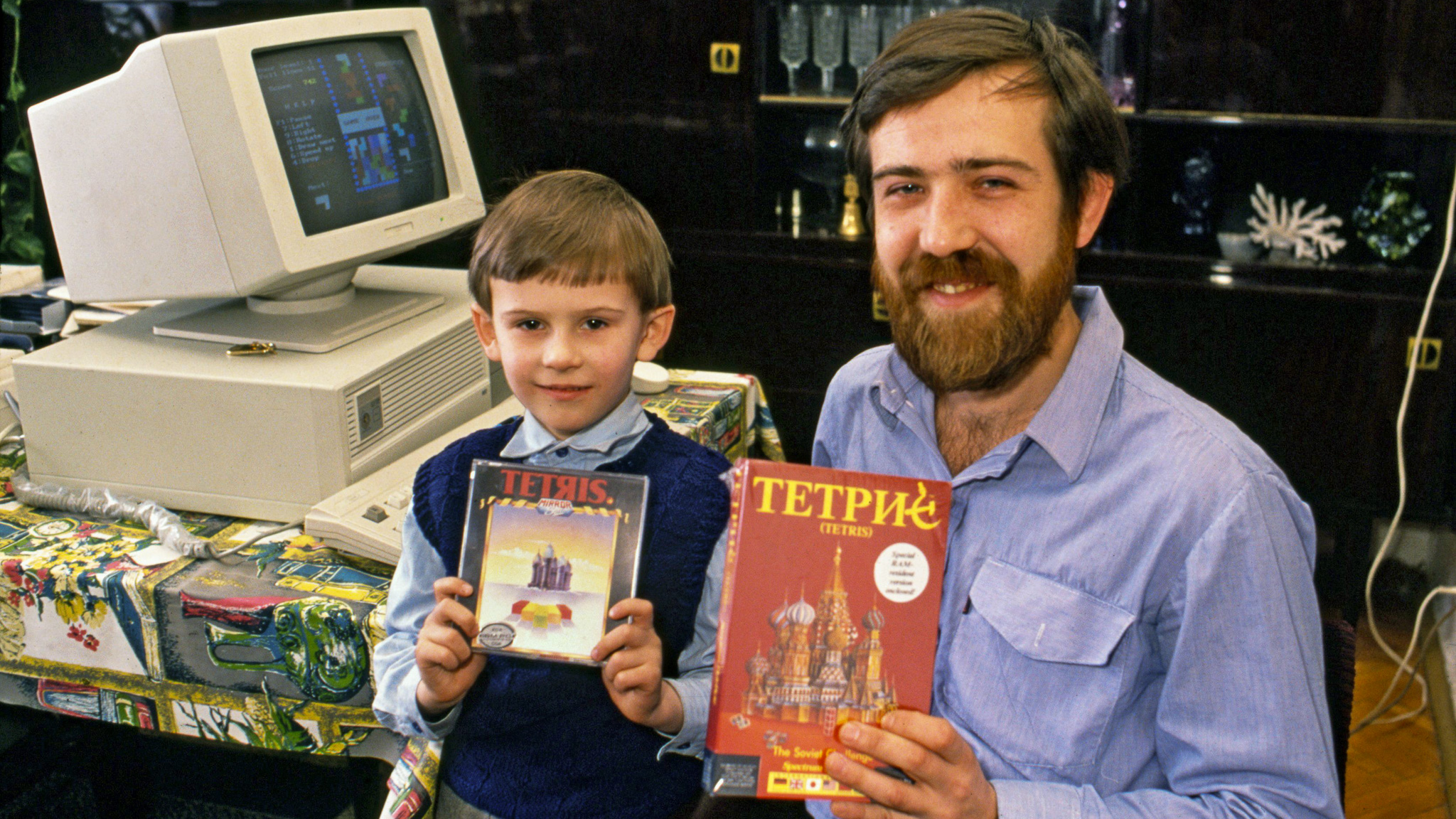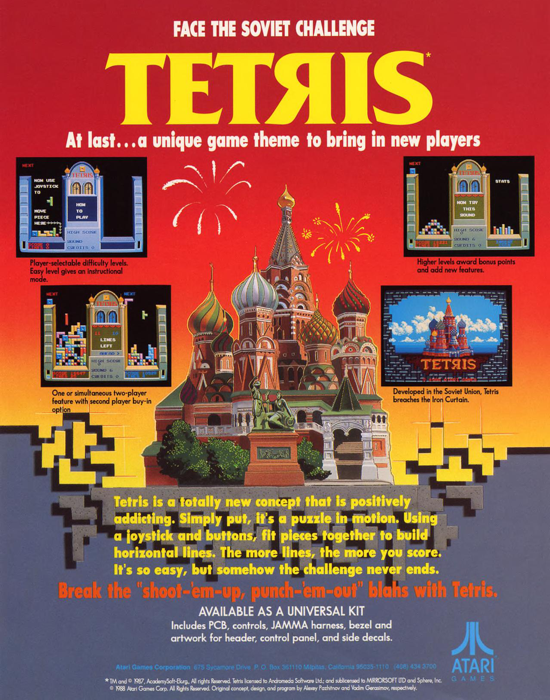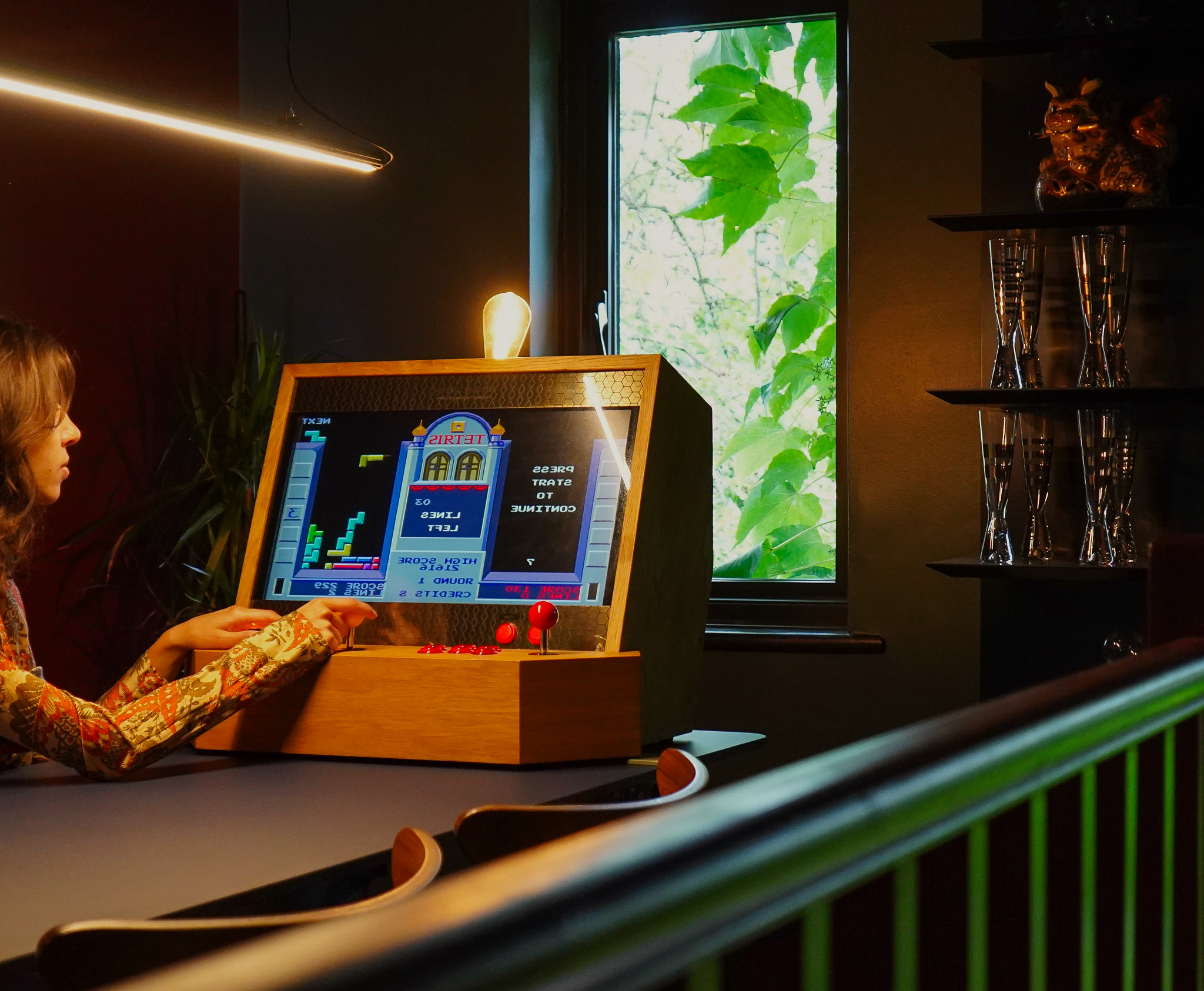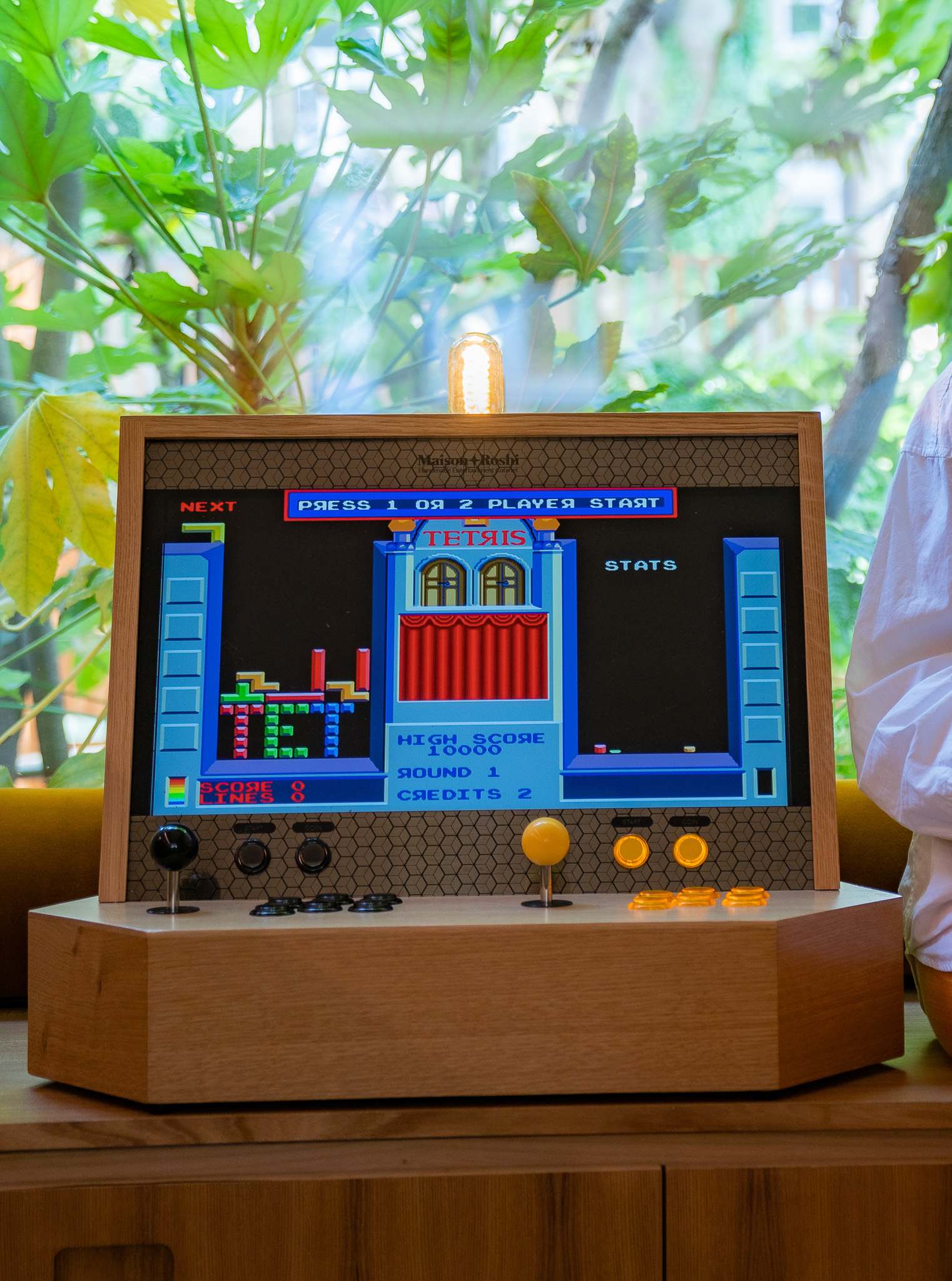Magic Mario: Nintendo’s Biggest Franchise to Date, Mapped Out
Arcade Archives
THE MAGIC OF MARIO: THE CHARACTER BEHIND NINTENDO'S SUCCESS
Mr.Mario has become synonymous with video games, and is as recognisable a character as Mickey Mouse to today's youth.
Let's map out where he came from, his adventures through various games, and his best games today.
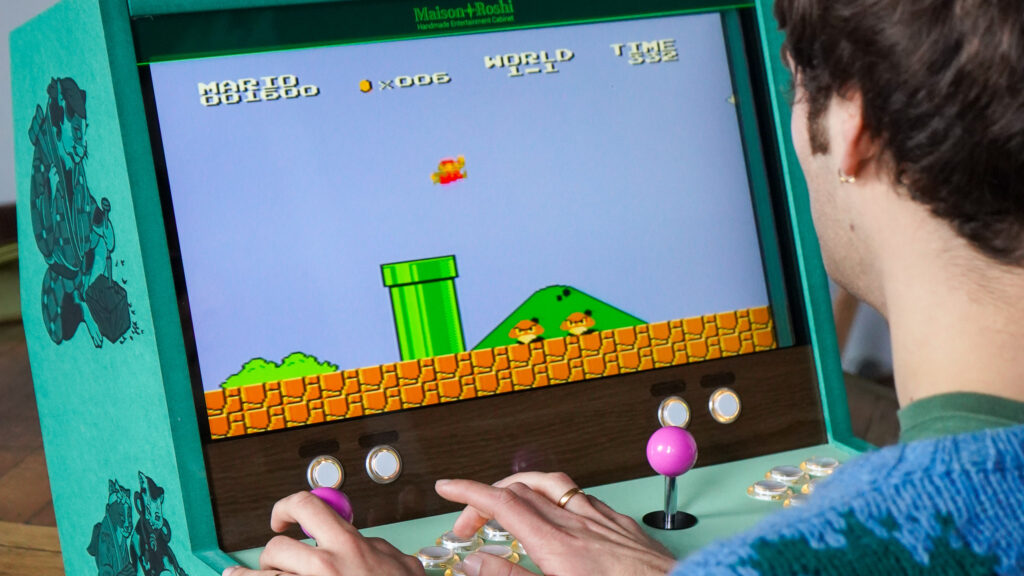
Anyone who has ever been even slightly into games will have played a game with Mario in it. Mario has become a symbol of the gaming industry, similar to the Space Invaders alien or the Minecraft creeper. Moreover, this character is largely behind Nintendo’s position as an consistent pioneer of video games. Take a trip down Mario lane and learn all about Mario’s humble beginnings, key games of his to try, his influences on pop culture and Maison Roshi’s thoughts on the Mario franchise of tomorrow.
Humble Beginnings: "Jumpman" the Plumber
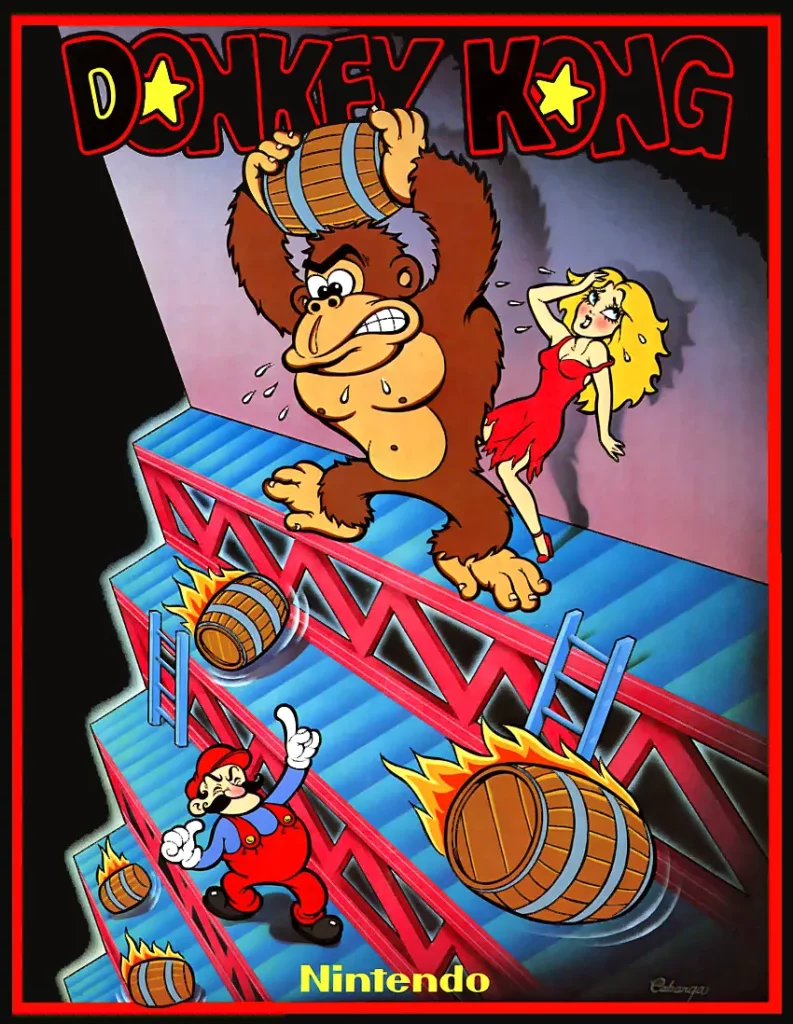
Have you ever heard of “Jumpman”? If not, you’re not alone. “Jumpman” was Mario’s alter ego, and his very first appearance in a video game. This character, suited in Mario’s iconic red and blue outfit with big black boots, was the protagonist of the 1981 Donkey Kong arcade game. “Jumpman” had all the same attributes as Mario, and was of course also on a mission of saving a damsel in distress called Princess Peach.
Although this character was synonymous with the Mario we know today, it wasn’t until the release of Mario Bros in 1983 that Mario got his name.
Maison Roshi’s Review of “Donkey Kong”:
Each of our retro arcade cabinets come with the Donkey Kong game, which is a classic to say the least. This game, although featuring quite minimalistic and simple graphics, is surprisingly tricky and requires some serious focus to succeed in – and you know we love a challenge! This game is definitely is a classic we recommend trying – but we warn you not to get discouraged if it takes you more than a few tries to get past the first level!
Mario Bros: Mario Makes His Name
In 1983, Mario got his name, and his back story. Upon it’s release on arcades, Mario Bros players discovered the same protagonist plumber from “Donkey Kong”, dressed in blue and red, accompanied by his brother, this time fighting various threats in the sewers of New York.
Mario Bros was a relatively modest success, with under 5000 arcade units sold (the cabinets are in fact quite rare to find today, and resell for a hefty price!) Of course, console edition versions of the game have since sold million of copies of the game – but it’s success remains small compared to it’s successor: Super Mario World.
Maison Roshi’s Review of “Mario Bros”:
When choosing between Mario Bros and Super Mario World, we admittedly do usually opt for the later. However, there in an undeniable charm to the original Mario Bros game, with it’s premature versions of the characters and their enemies, as well as terrain. We do also love the pixelated look of this game, and it’s an undeniable contrast to the vivid, detailed graphics of the newer games in the Mario franchise like Super Mario Kart 8 Deluxe.
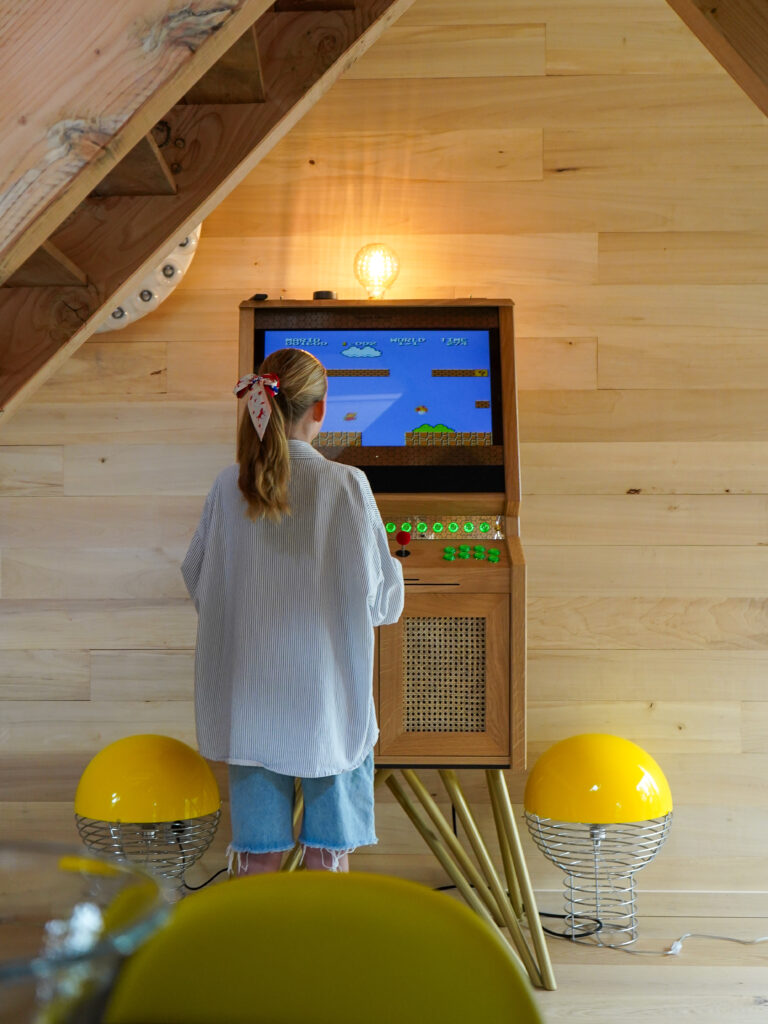
Over 20 Million Units Sold - A Mario Super Hit in "Super Mario World"
In 1990, the Mario franchise really took off – no we mean really. “Super Mario World” was developed in 1990 for the Nintendo Entertainment System, as an upgrade to “Super Mario Bros” (also available on our arcade cabinets). Miyamoto, creator of the entire Mario franchise, has stated that this is his favourite Mario game – and many Mario fans agree. This game featured a whole new range of design elements, including beautiful graphics, a memorable soundtrack, coupled with a truly captivating storyline. Players truly fell in love not only with Mario and his brother Luigi during this game, but also other iconic characters including Yoshi and their evil counterparts including Bowser and the Koopas.
Maison Roshi’s Review of “Super Mario World”:
“I must admit that I hold a special place in my heart for Super Mario World. Having completed this game in the bleak winter of 2023, I can attest to the fact that it’s a retro game everyone should experience. The characters, the gameplay, the soundtrack – it’s all just perfect. You have to try it to understand.” If this quote from our Marketing Manager at Maison Roshi doesn’t convince you, check out our Super Mario World gameplay’s and contest on our TikTok – you’ll catch an urge to play that you won’t be able to resist!

The Era of Mario Kart
Many gamers today think of Mario Kart when they think of Mario. “Super Mario Kart”, the first game in this spin-off series of Mario games, was first released shortly after Super Mario World, in 1992. Selling 8.76 million copies worldwide, the game went on to become the fourth best-selling SNES game of all time. When compared to the success of Super Mario World, this may seem meagre, however the reason for Mario Kart’s recognisability in fact lays in it’s 2009 re-release for the Wii console. Moreover, this game has been followed by countless sequels, with graphics and gameplay elements that have placed them at the forefront of gaming today. Mario Kart allowed players to delve deeper into the skills and characteristics of different personages within the game, and although Mario remains the face of the game, his attention is shared with his equally lovable sidekicks.
Maison Roshi’s Review of Super Mario Kart:
Another tricky, yet ridiculously fun game in the Mario franchise. This iconic game features all your favourite Mario characters and elements from the games you know and love, including special powers, recognisable terrains and a nostalgic soundtrack. A games night classic, and a game we always come back to. Our only note here would be that the cars are super sensitive to joystick movements – less is more here!
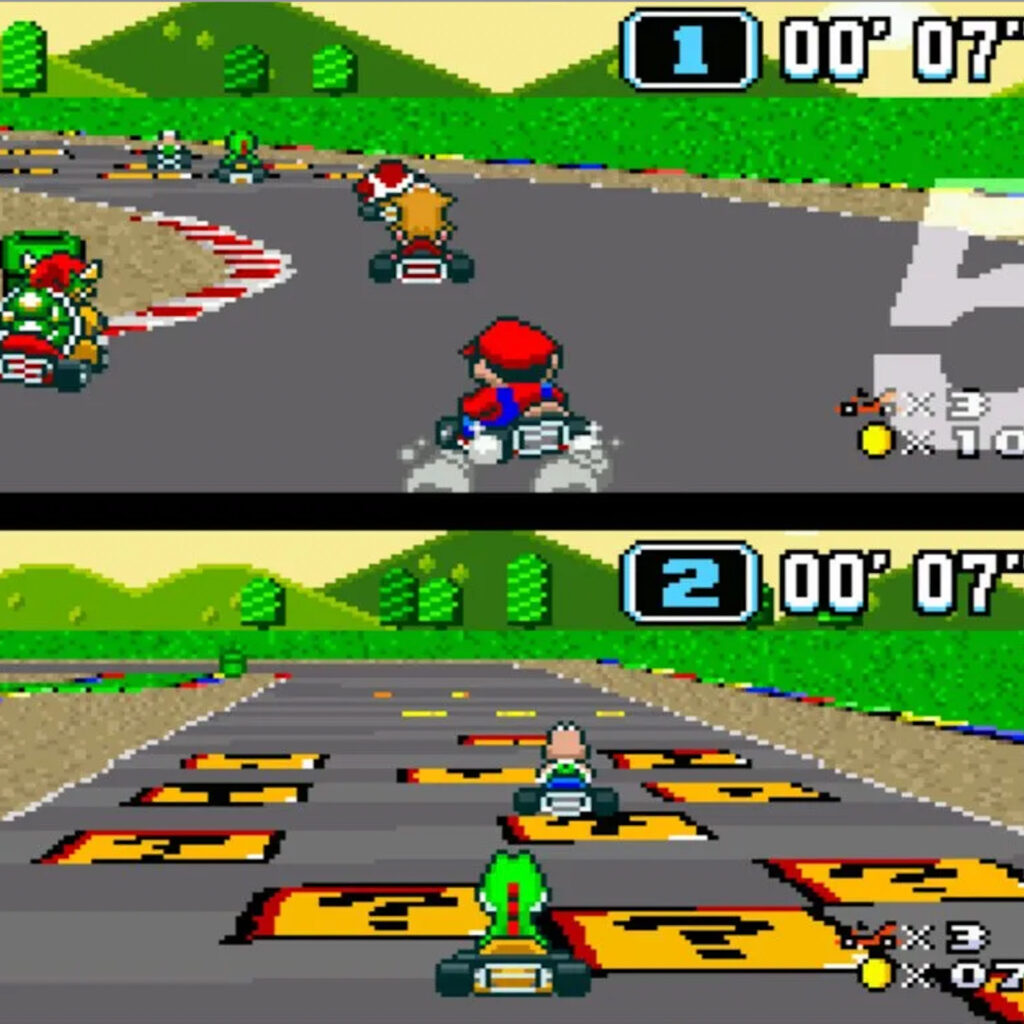
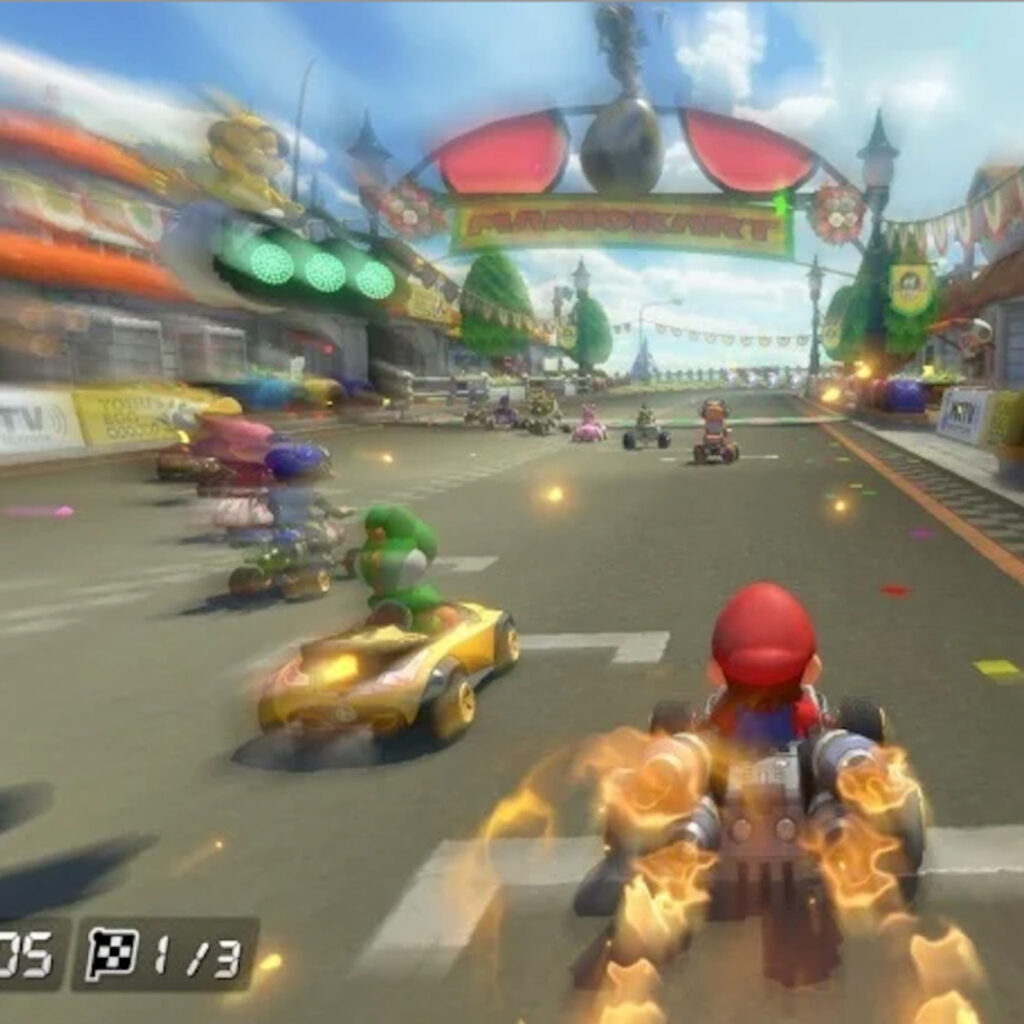
Mario Today: A Pop Culture Legend and Timeless Gaming Symbol
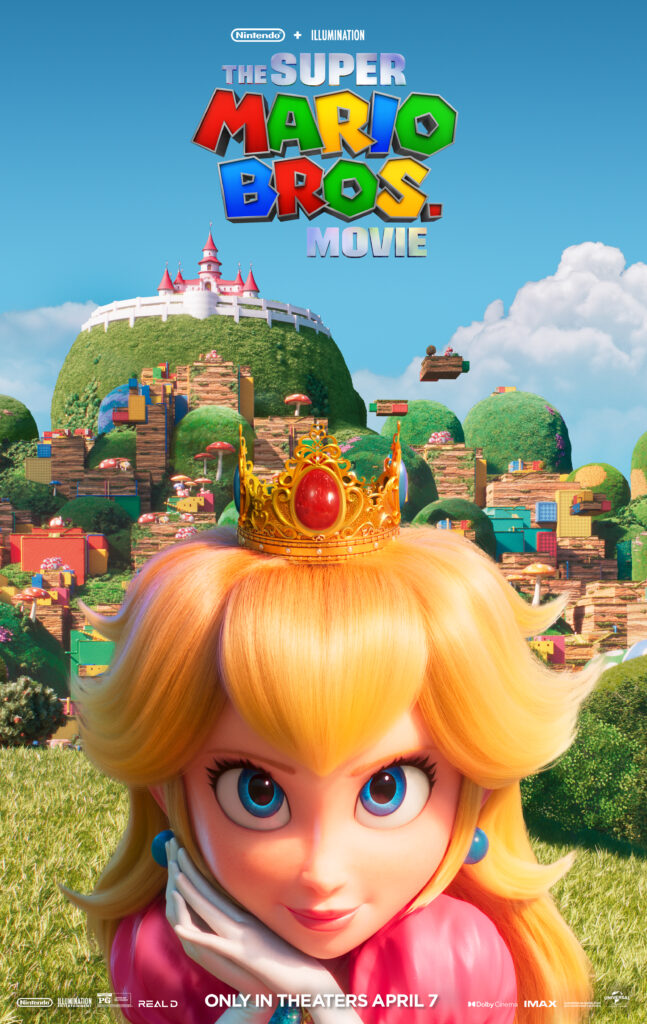
With over 200 games under it’s name, the Mario franchise has been nothing short of a video gaming legend. Trademarks of the game, including countless characters, sound effects, and sayings have become touchstones of people’s childhood’s, and contrary to what one would assume, the games continue to gain steady sales even today.
We don’t think Mario’s going anywhere for a while, and the recent release of the Super Mario Bros movie has proven this to any sceptics: “The Mario Bros Movie was the highest-grossing Illumination movie of all time with $1.36 billion at the global box office, but it’s also the most profitable at $559M, besting Minions’ net of $502M in 2015″ – The Deadline. That says it all!
We love Mario and his countless games, and are glad to say that a variety of the franchise’s games can be found on our arcade cabinets – even the less famous ones!

